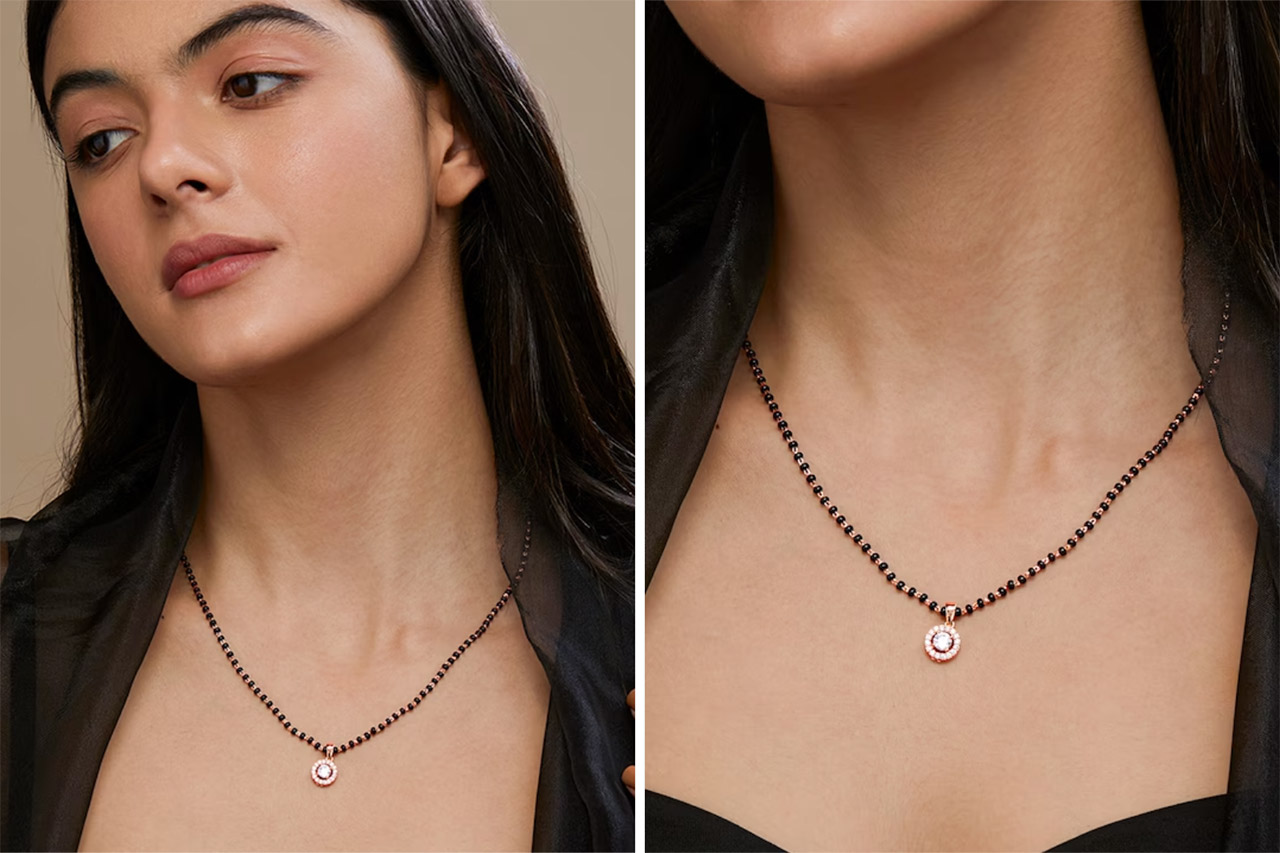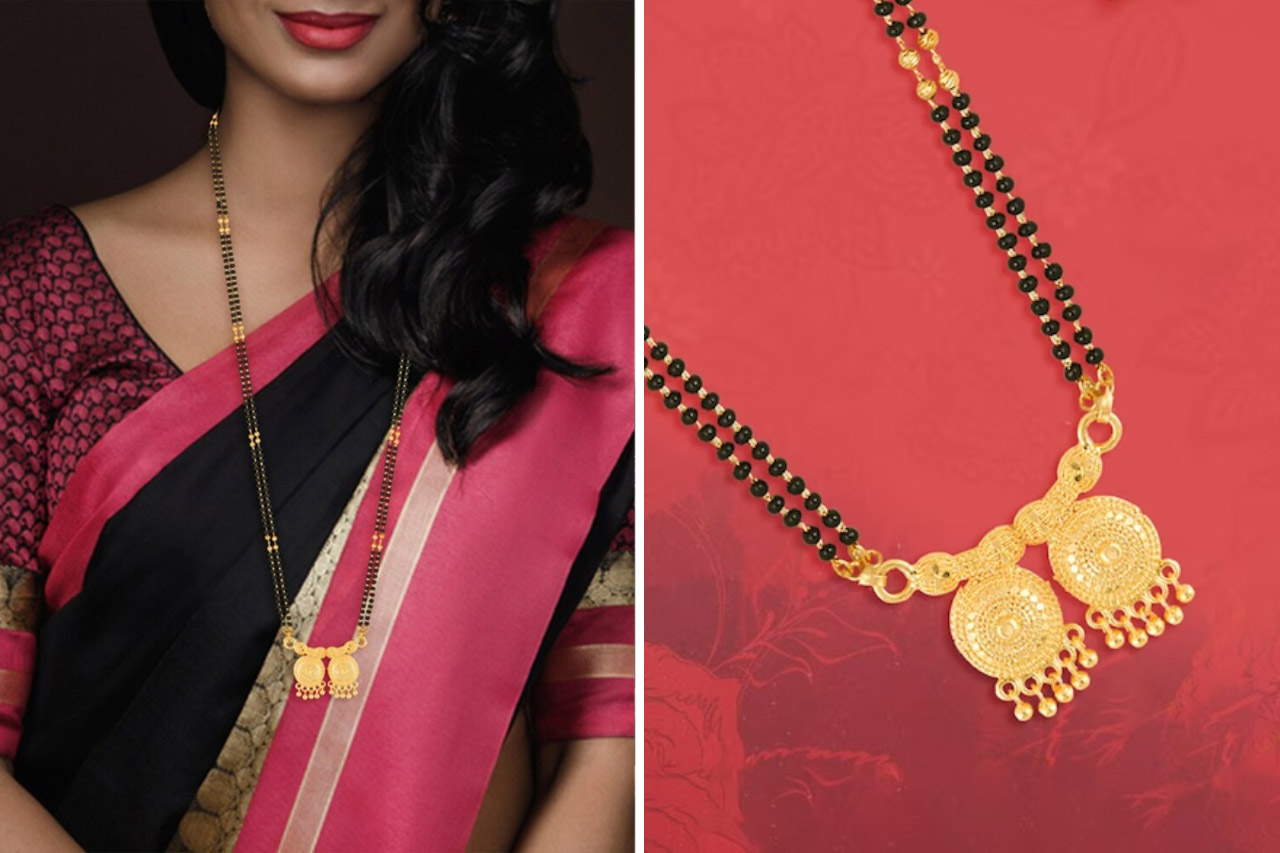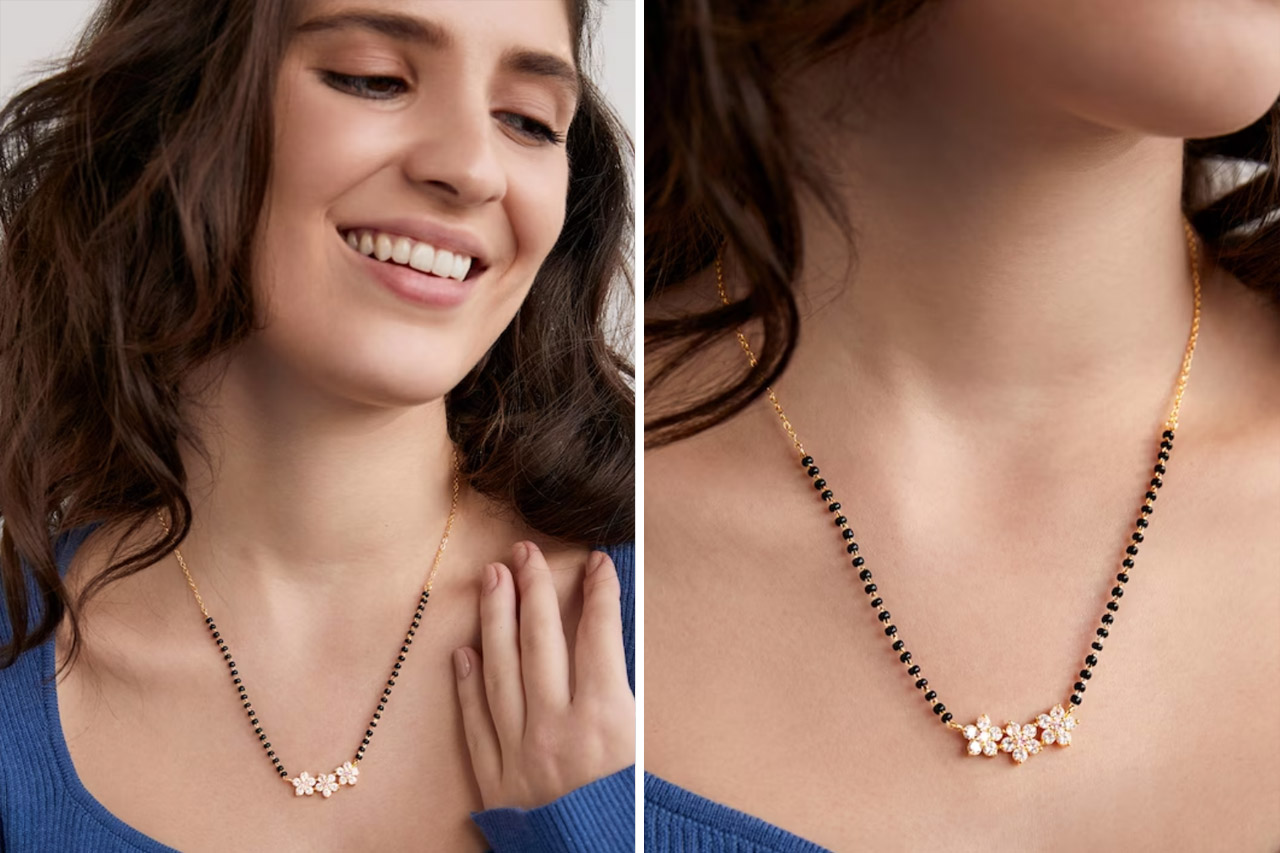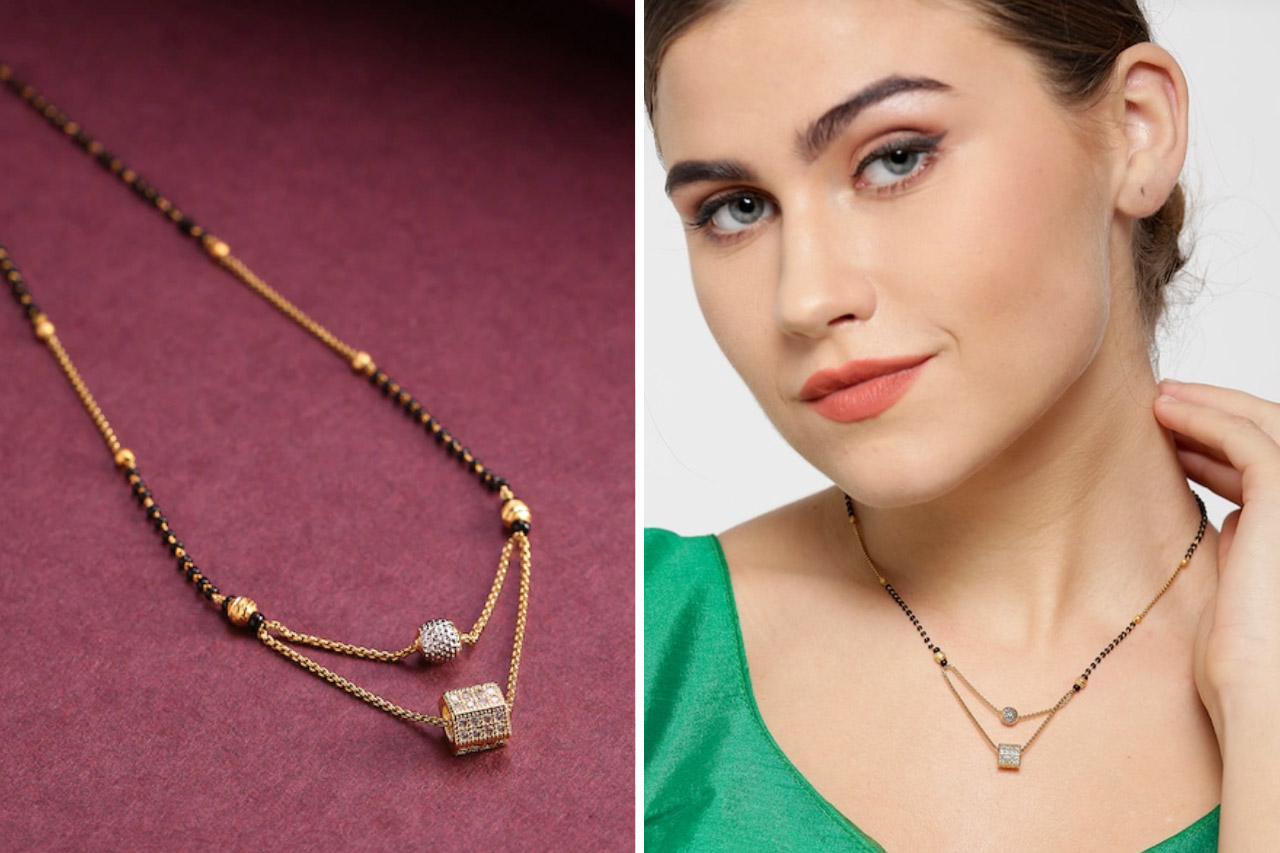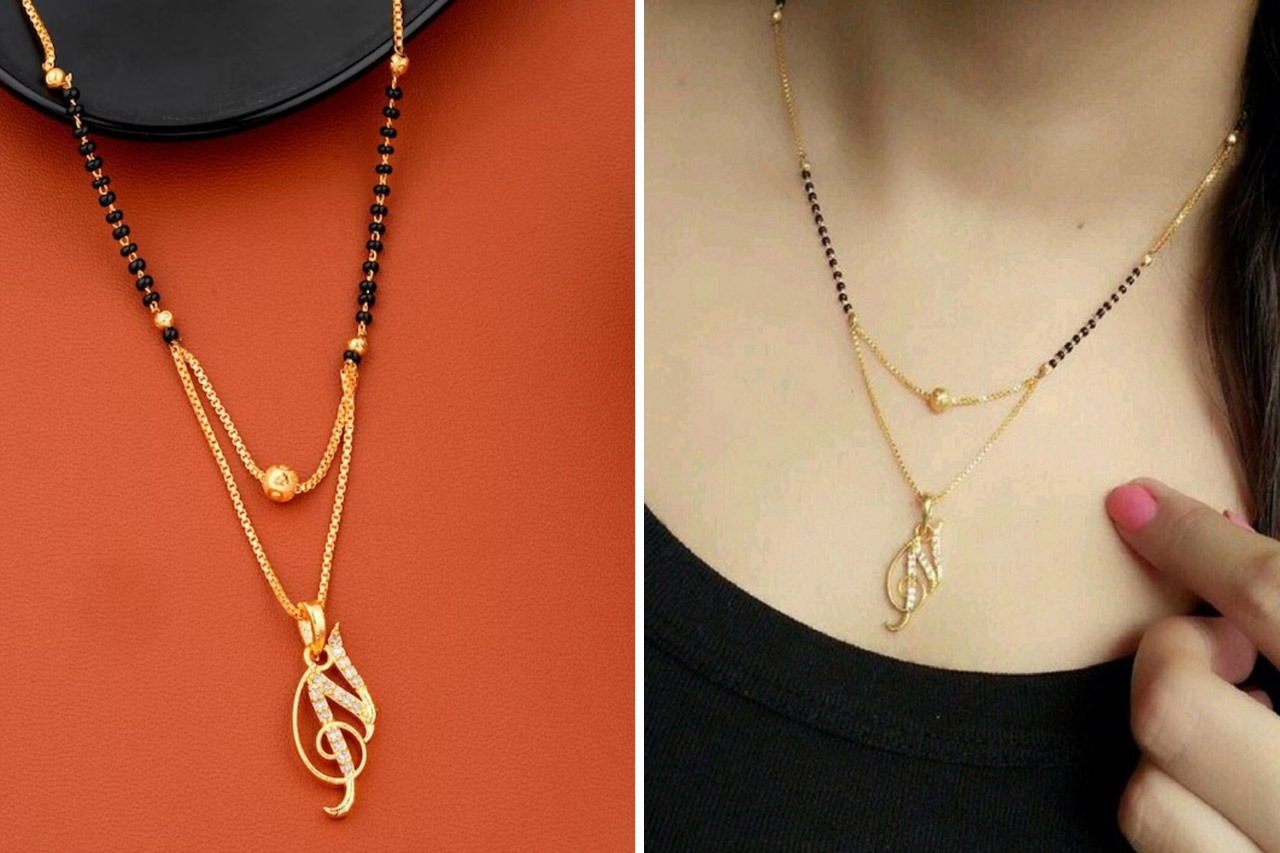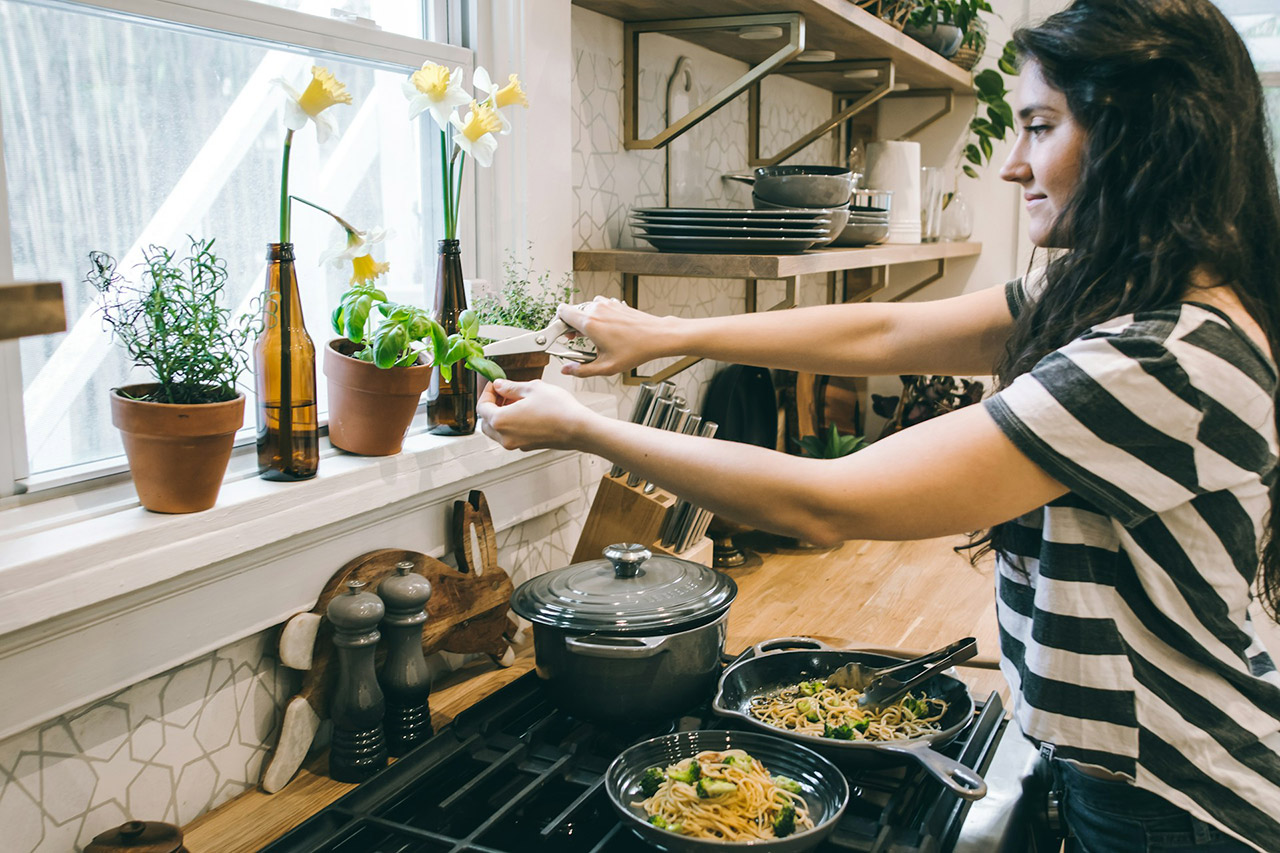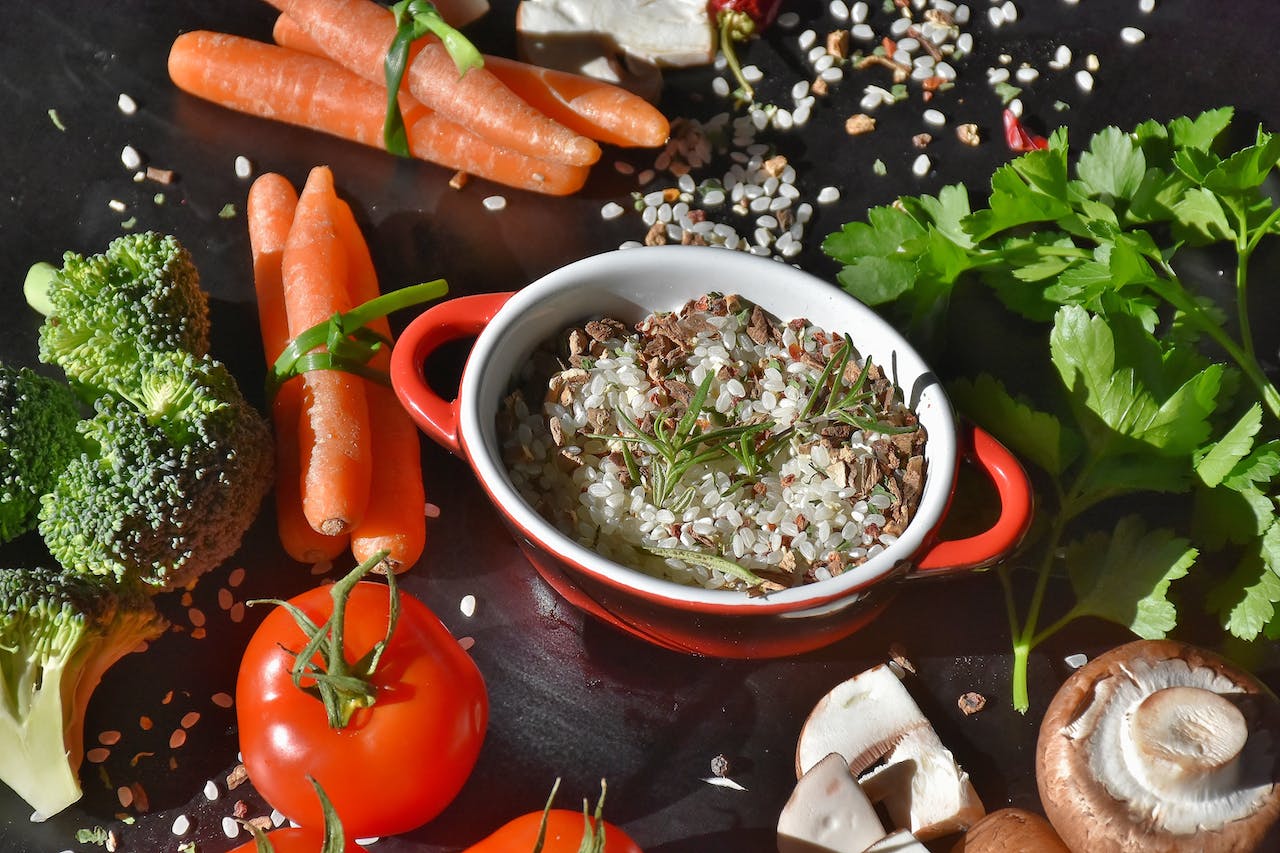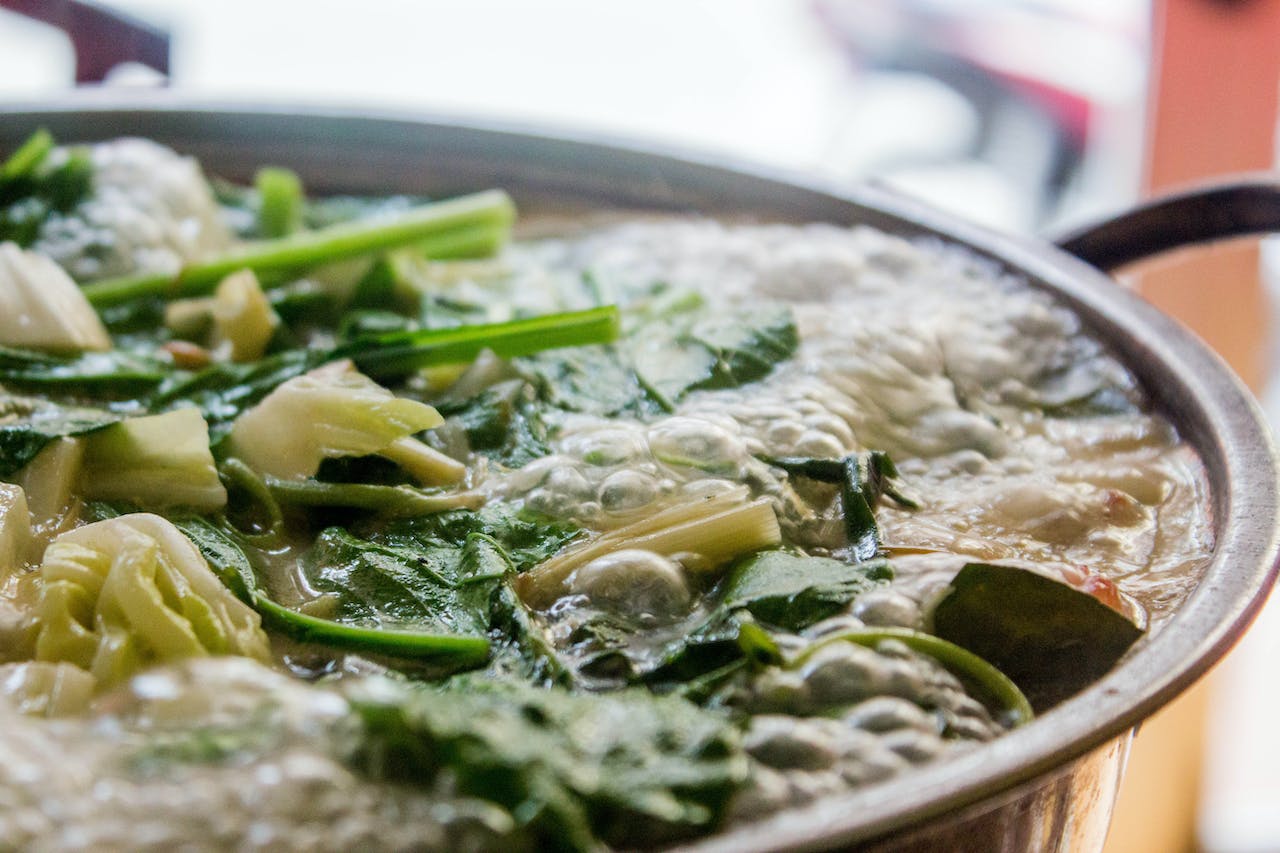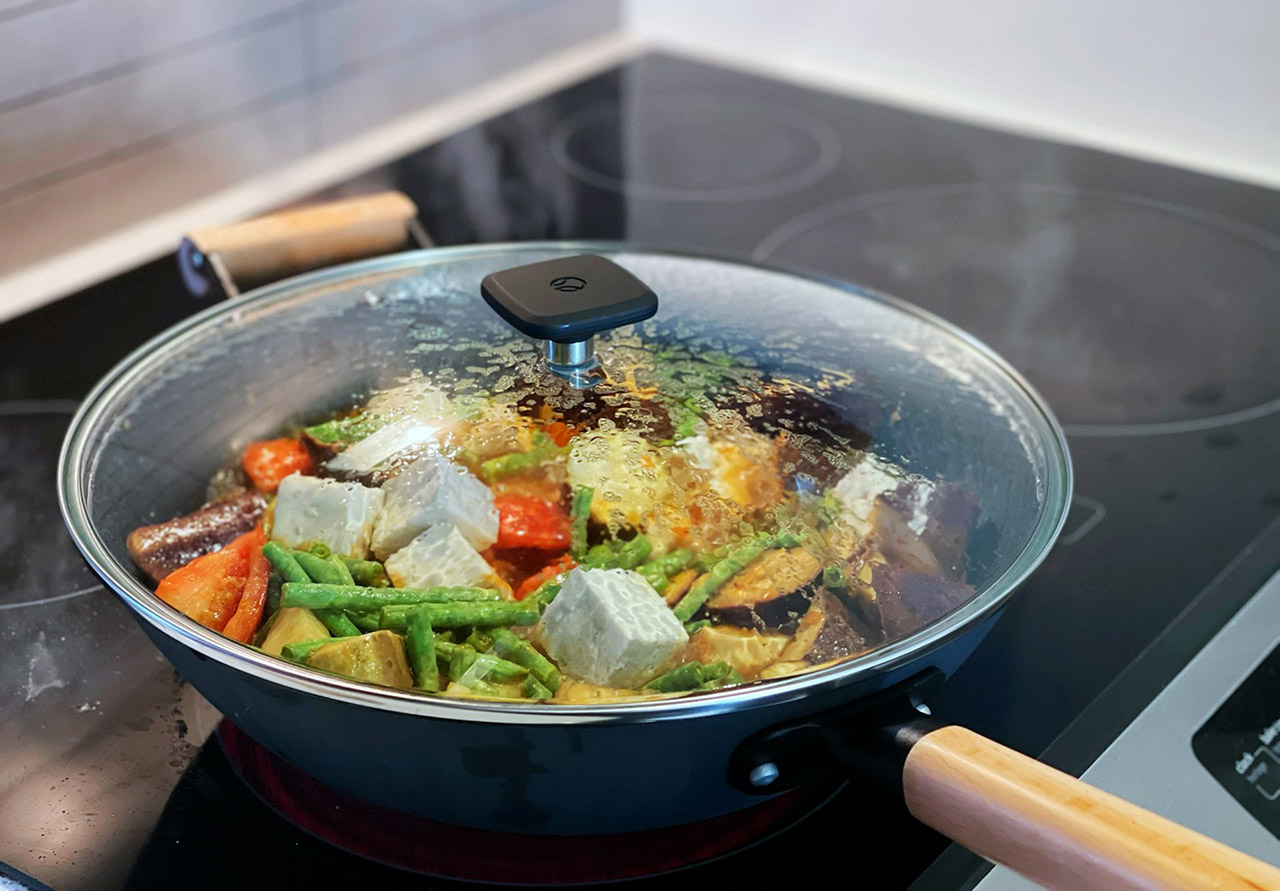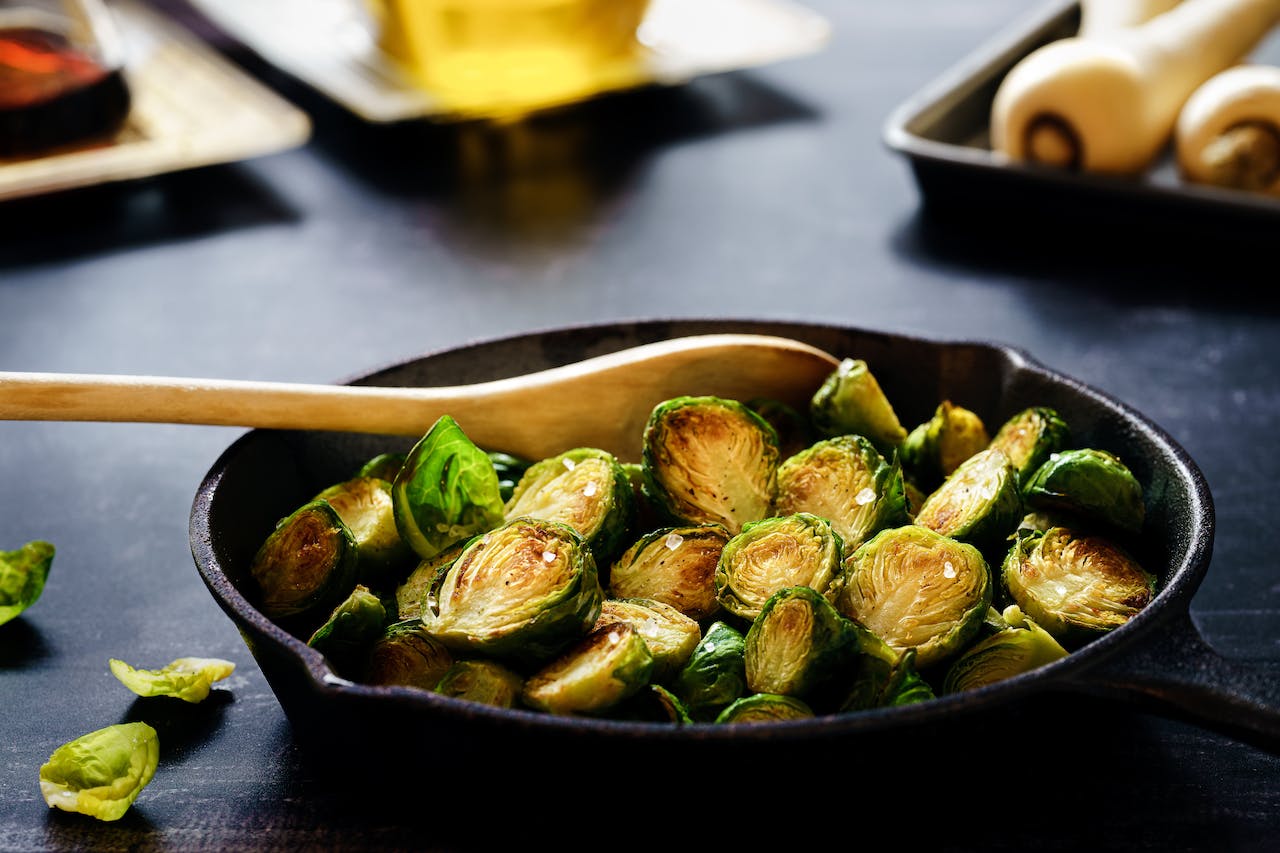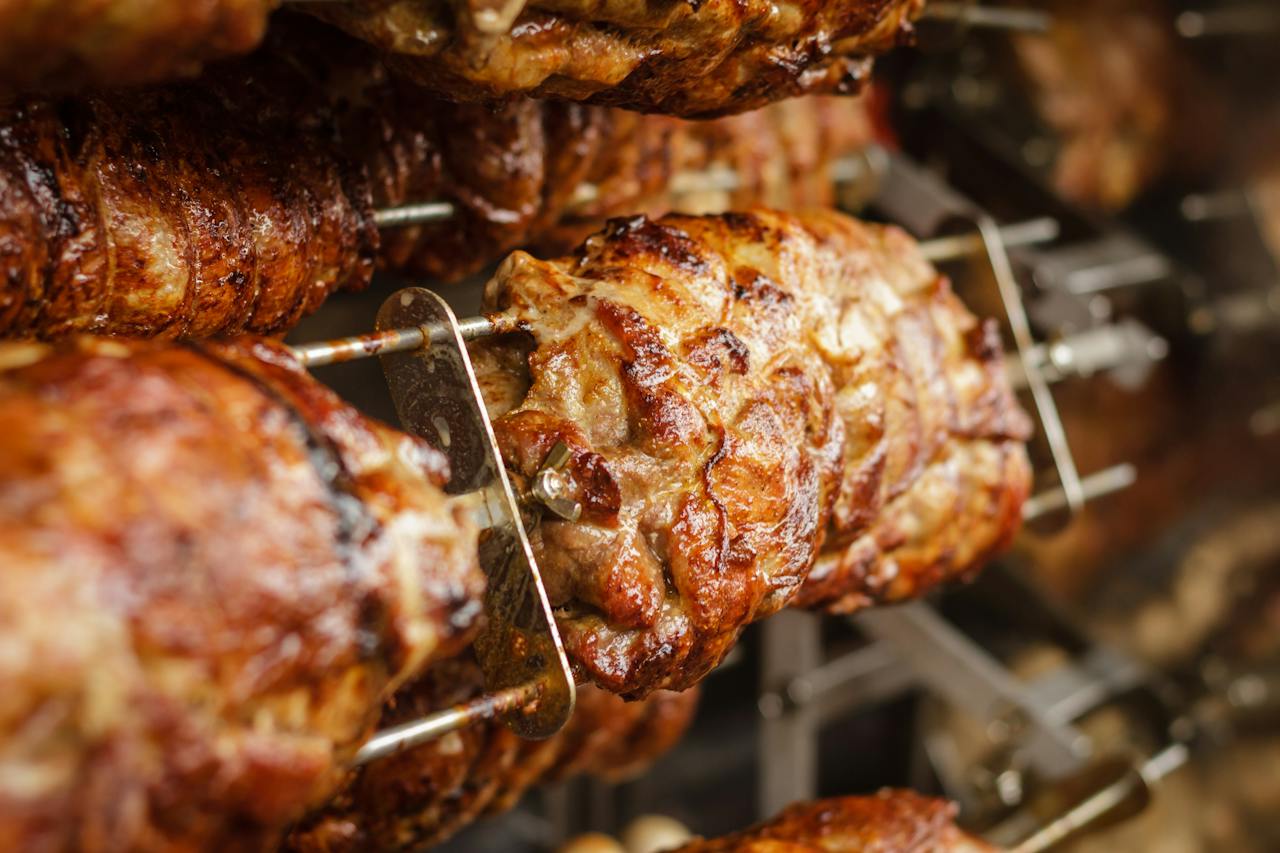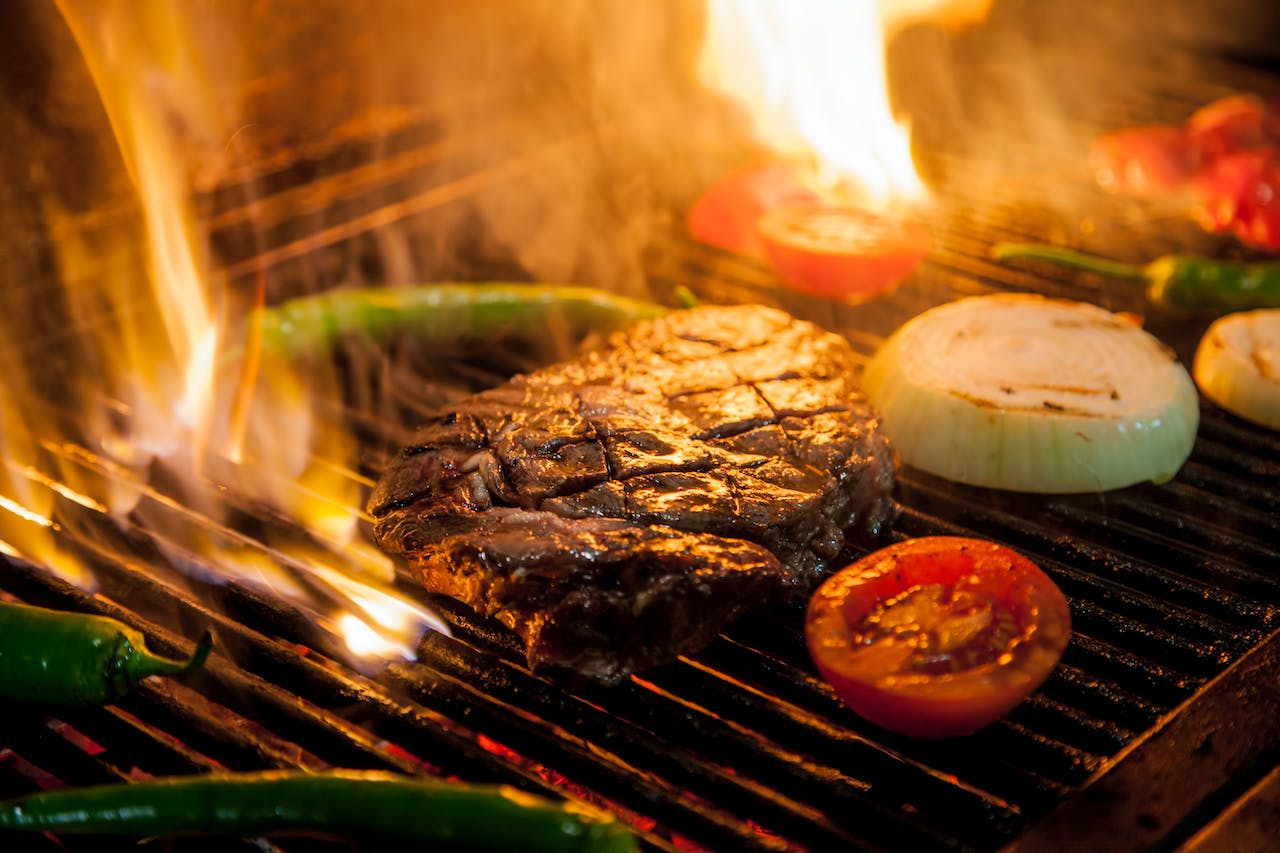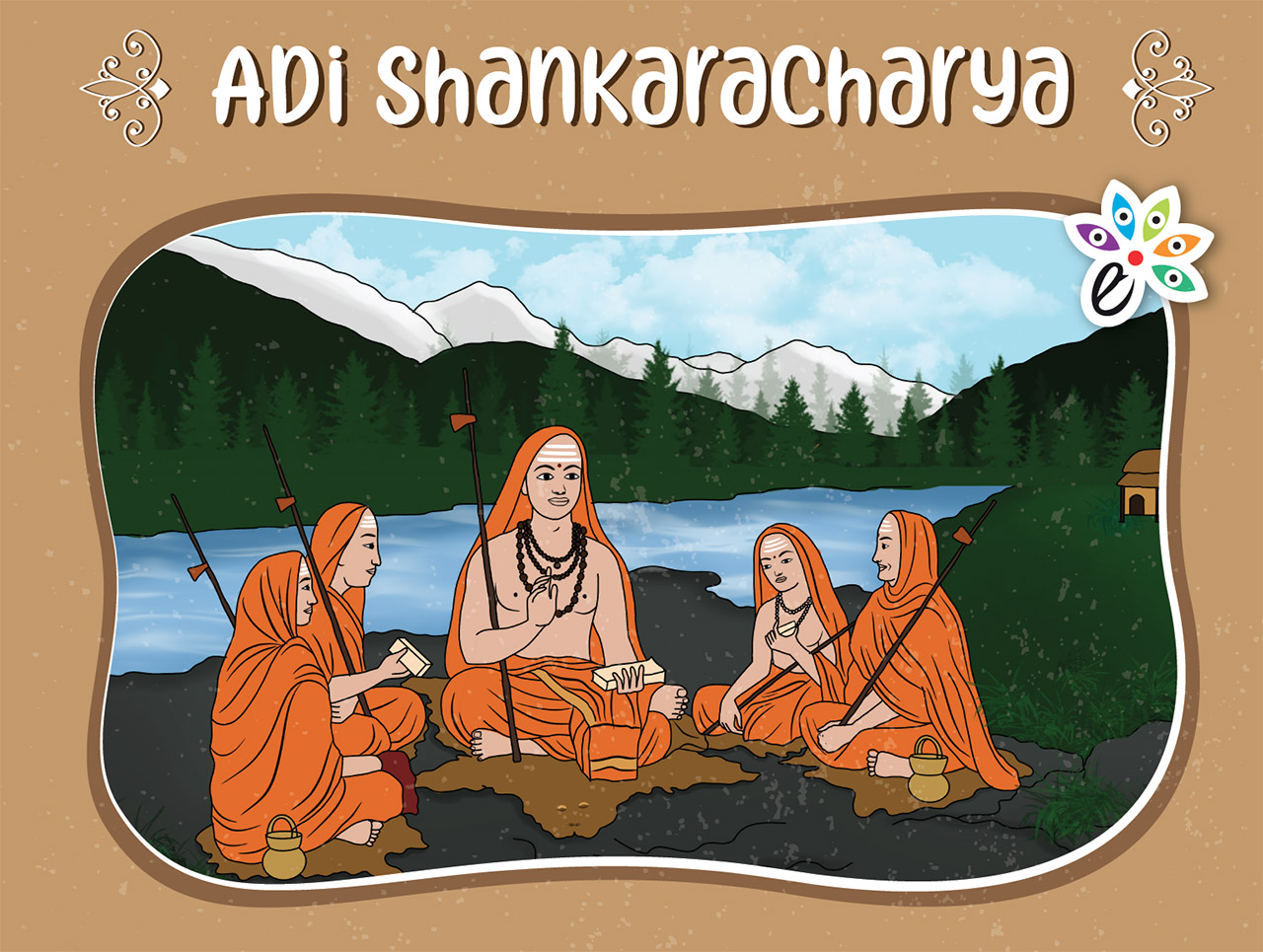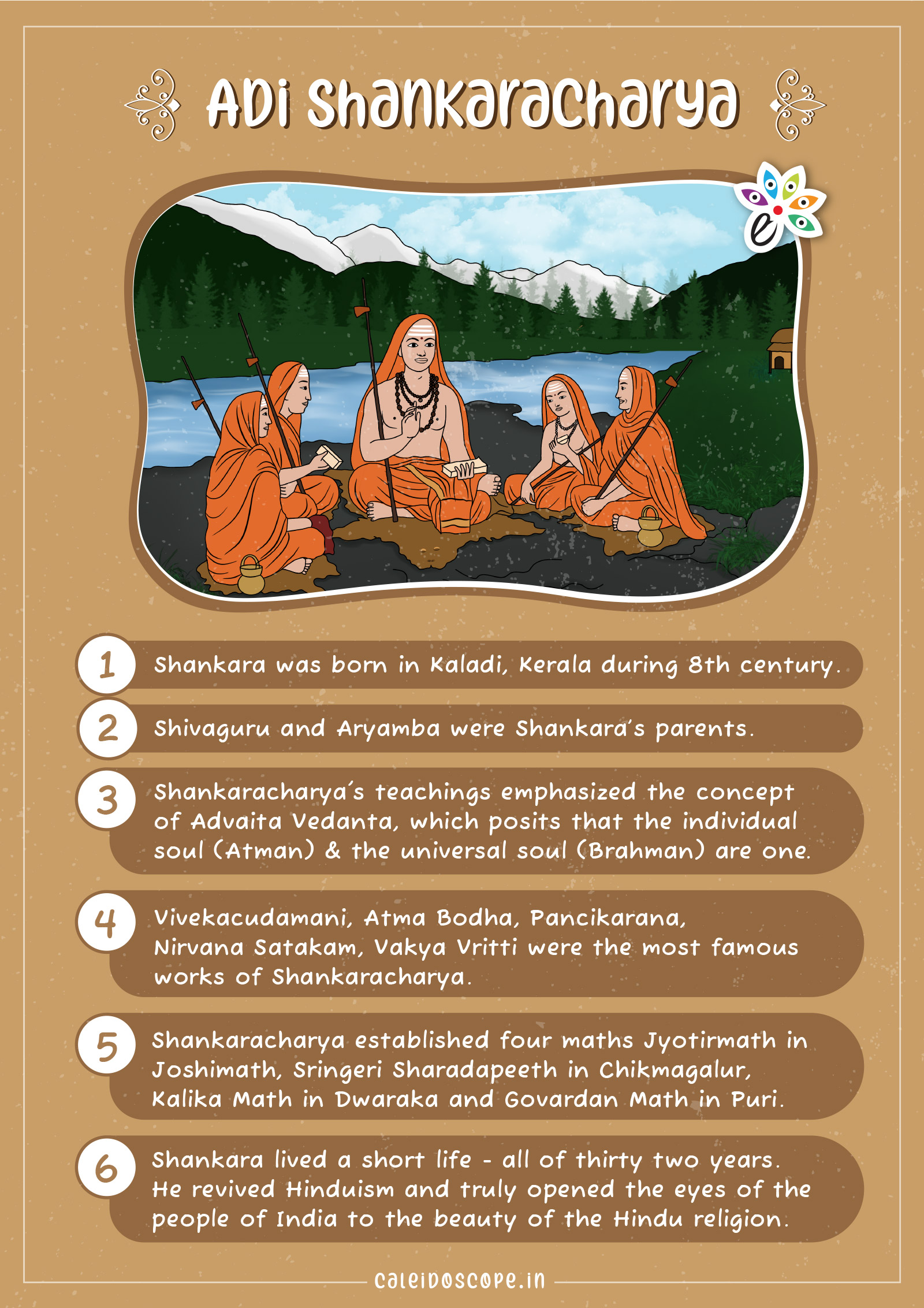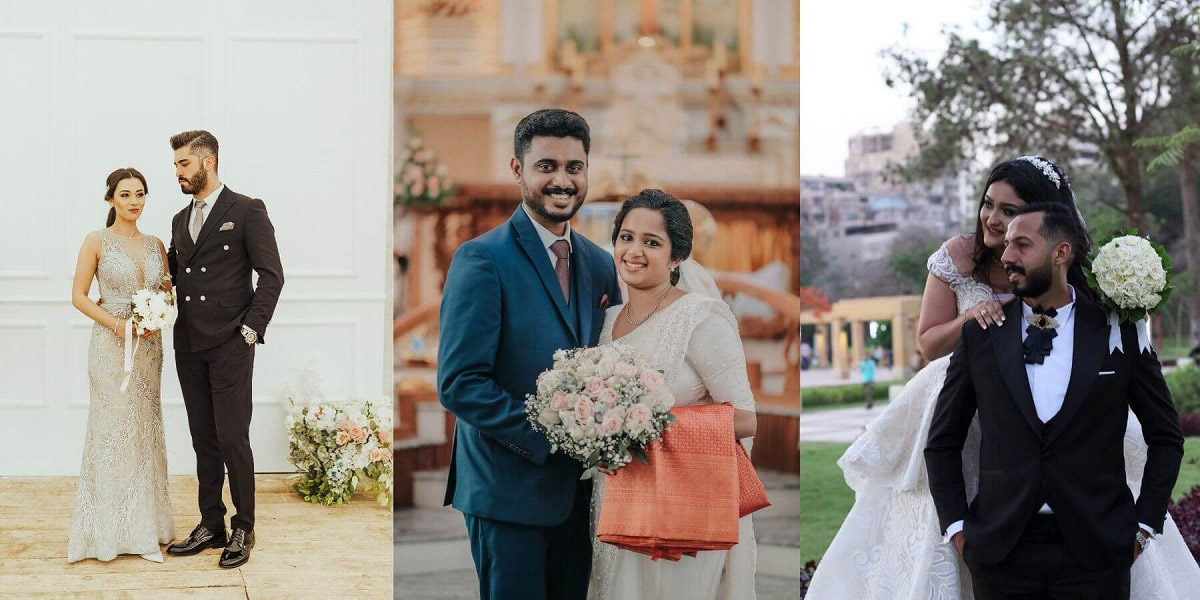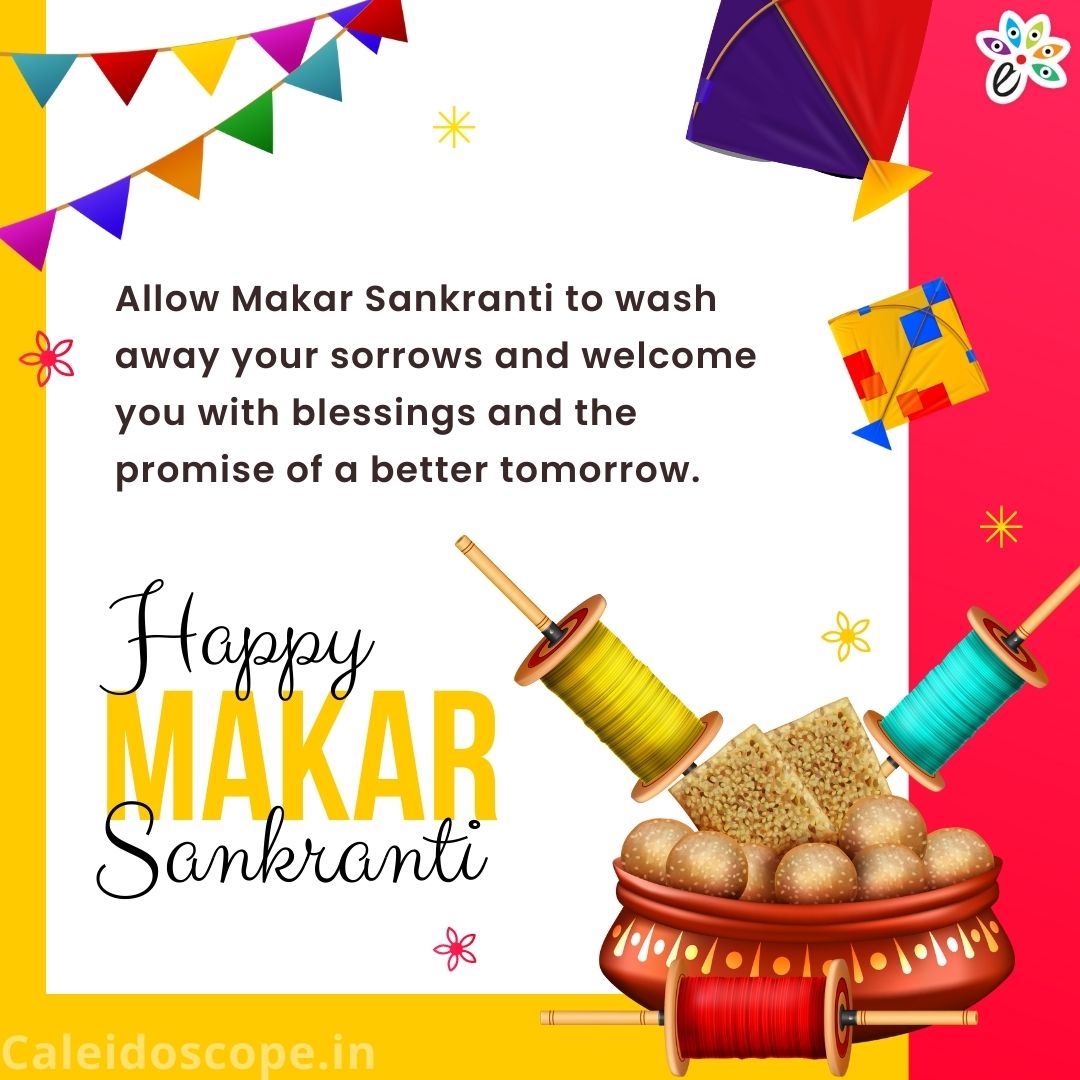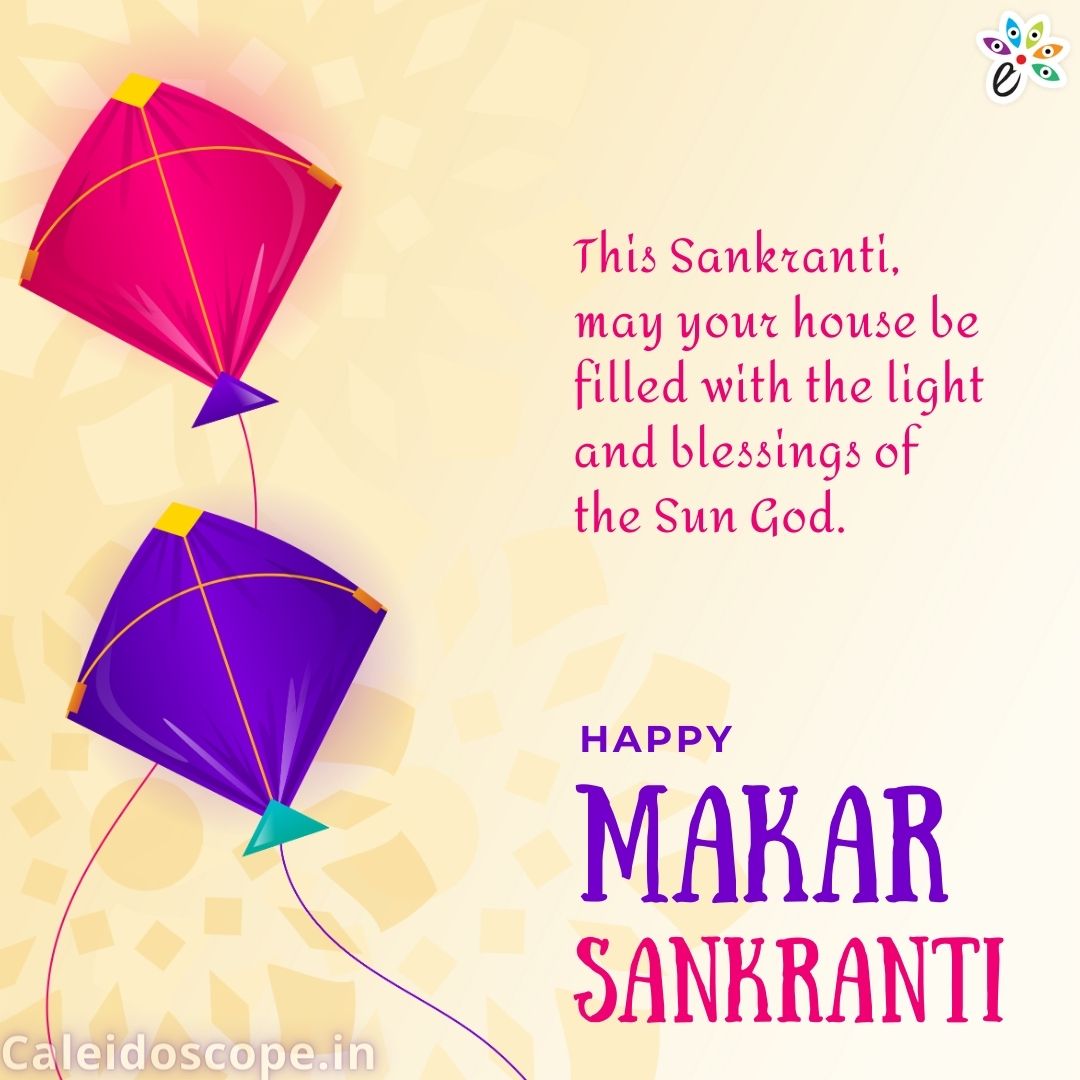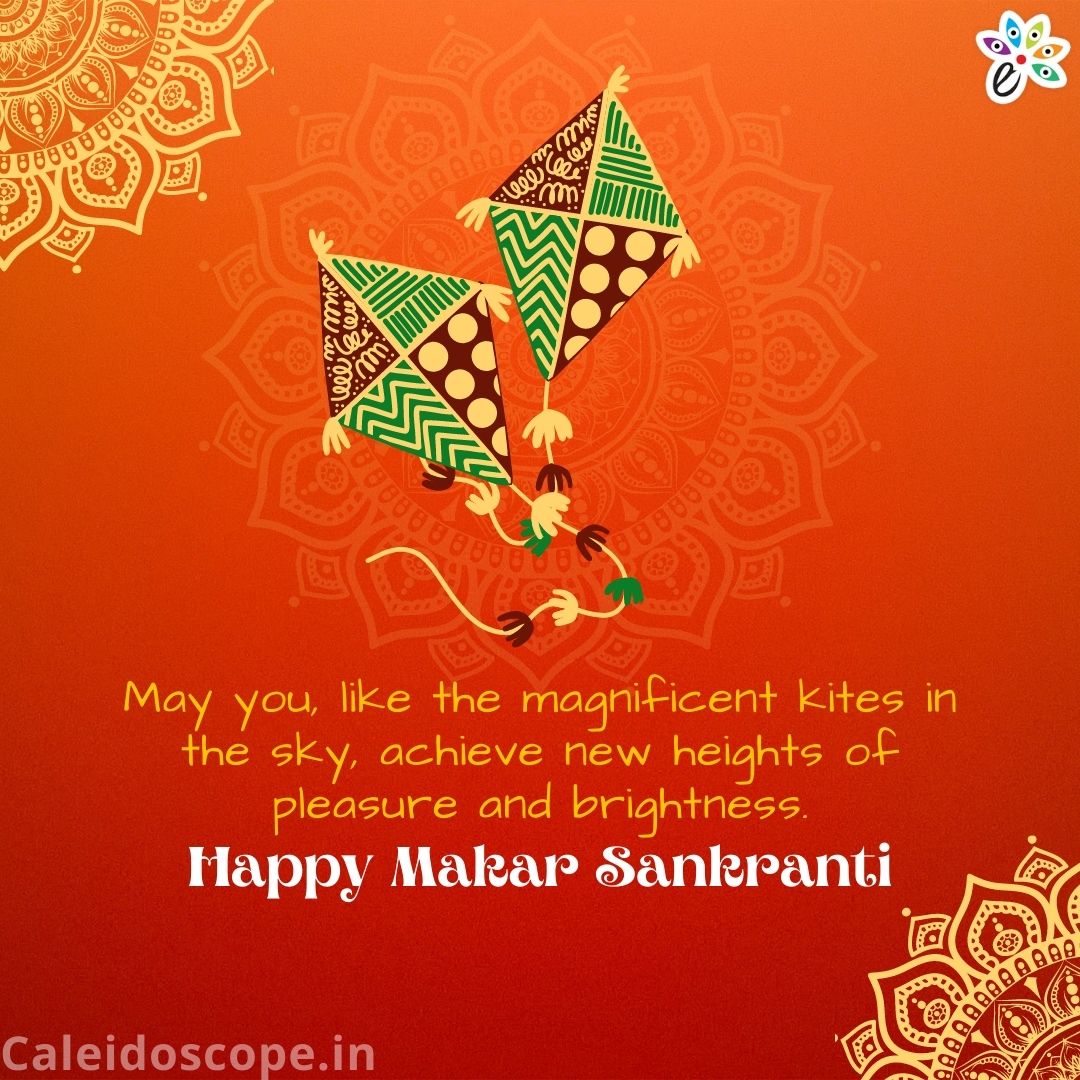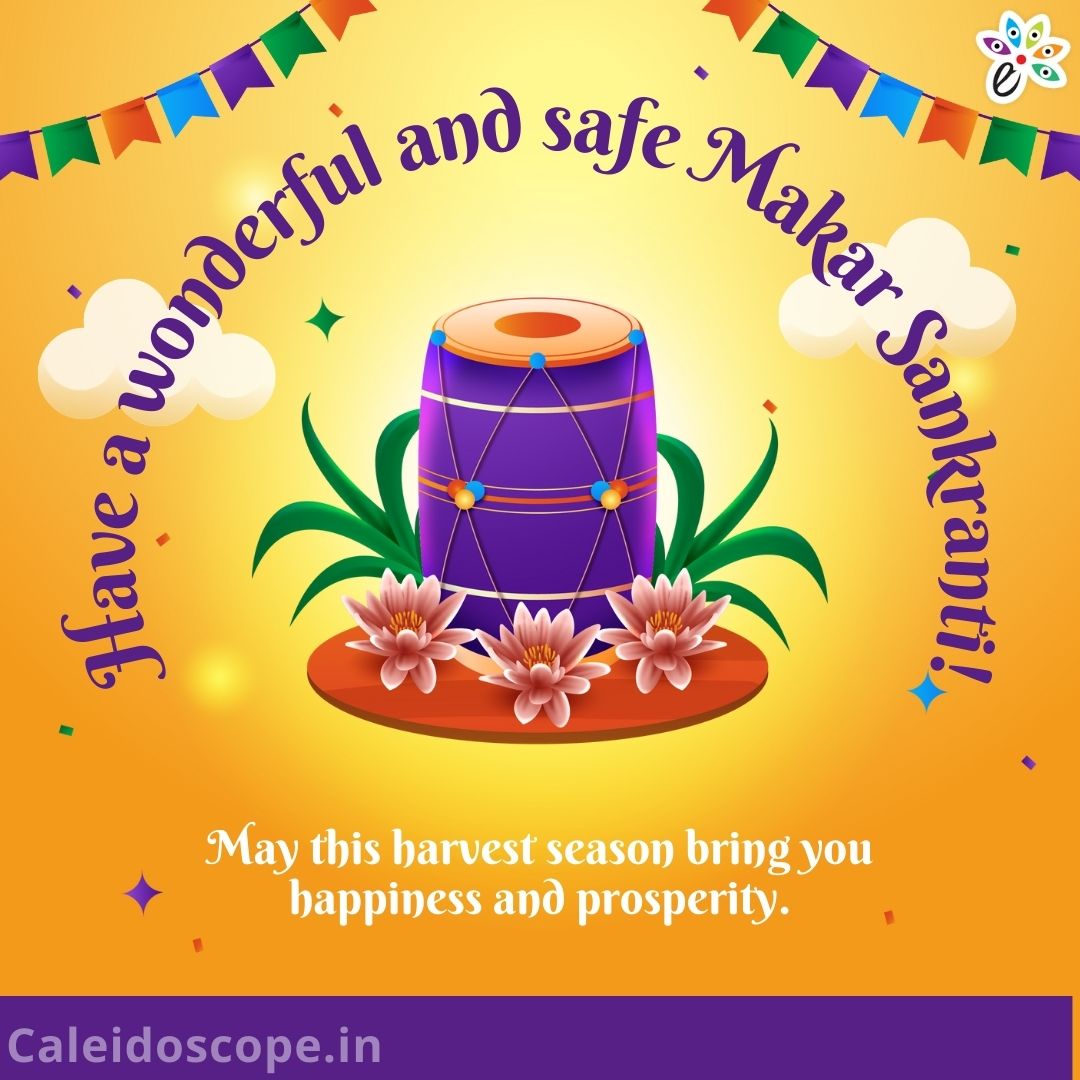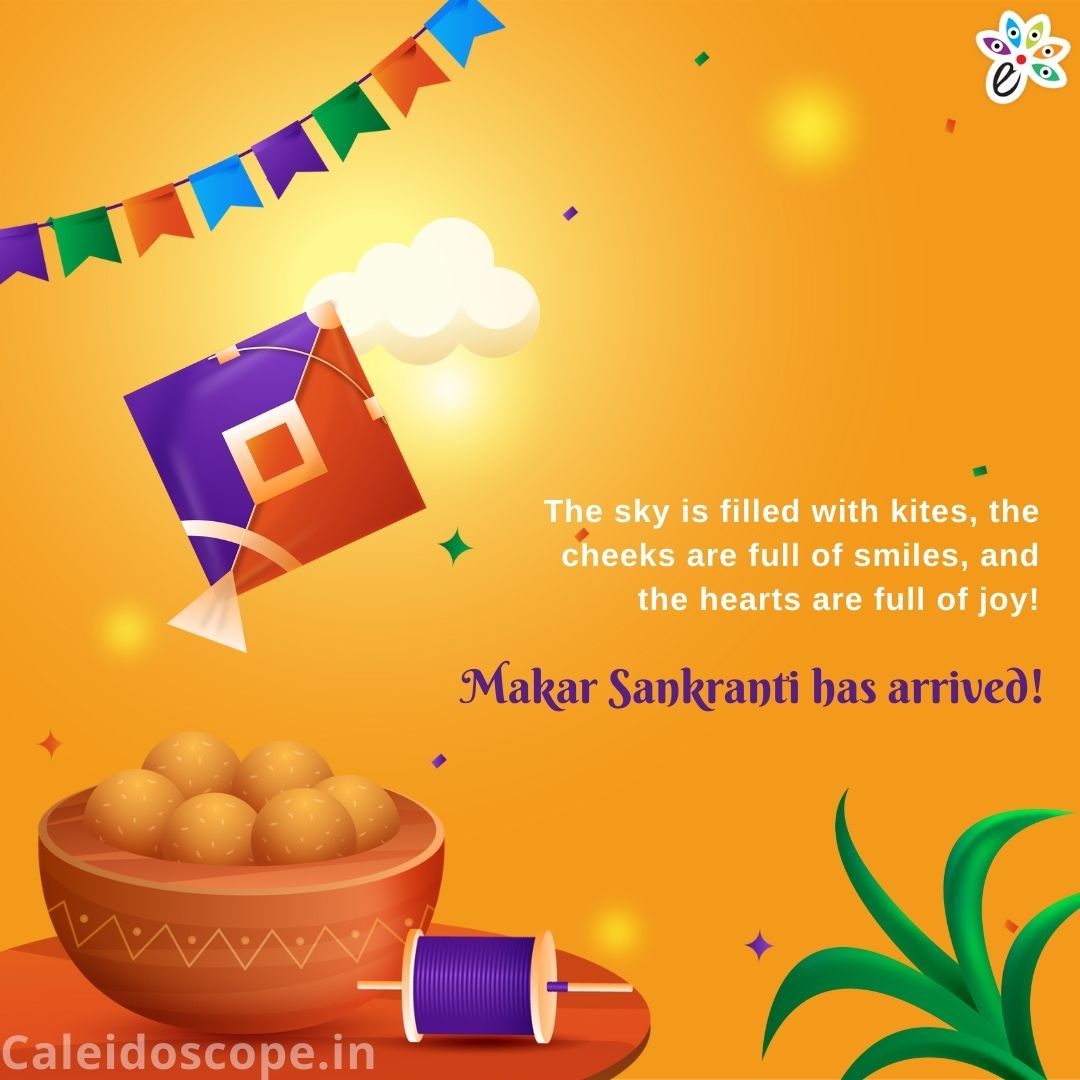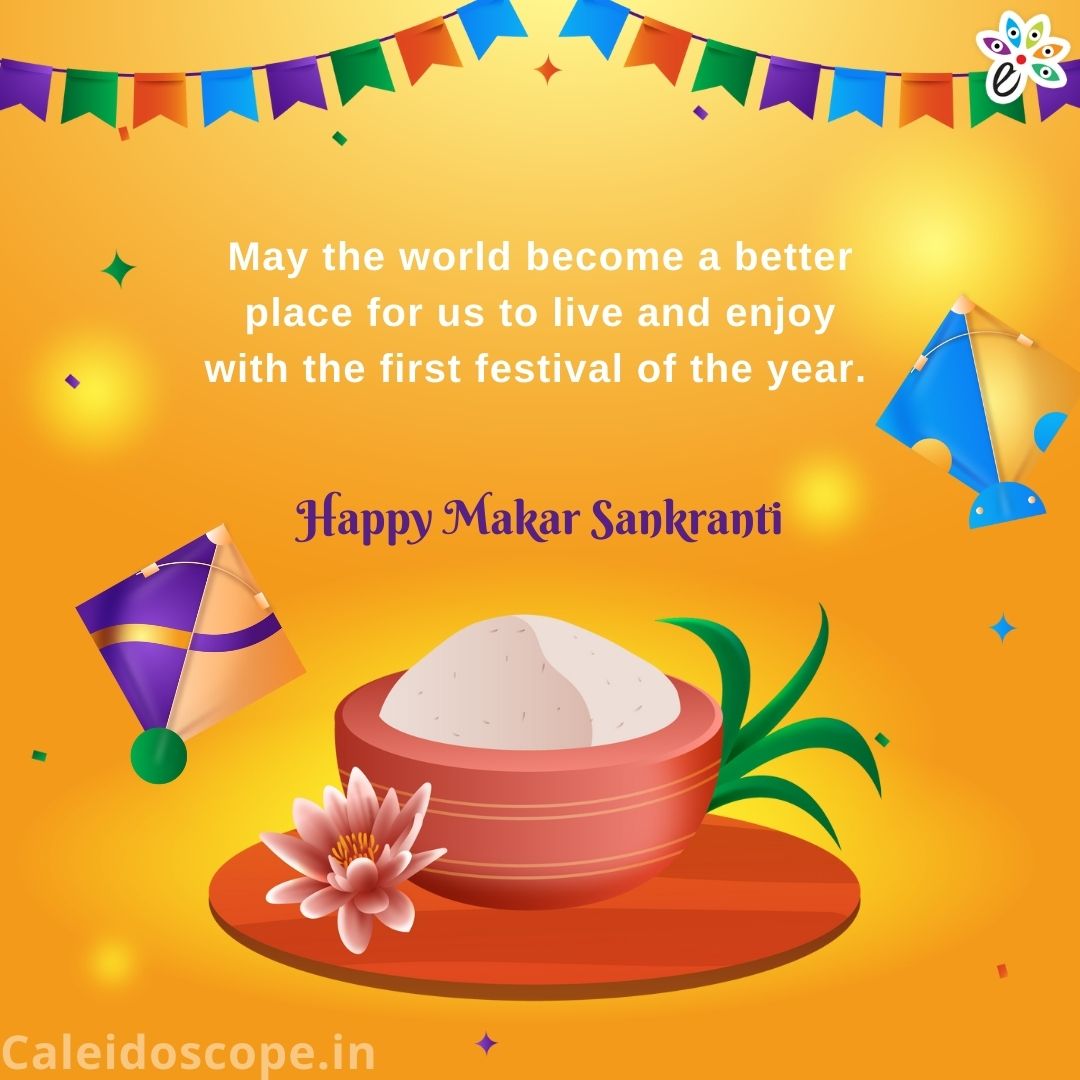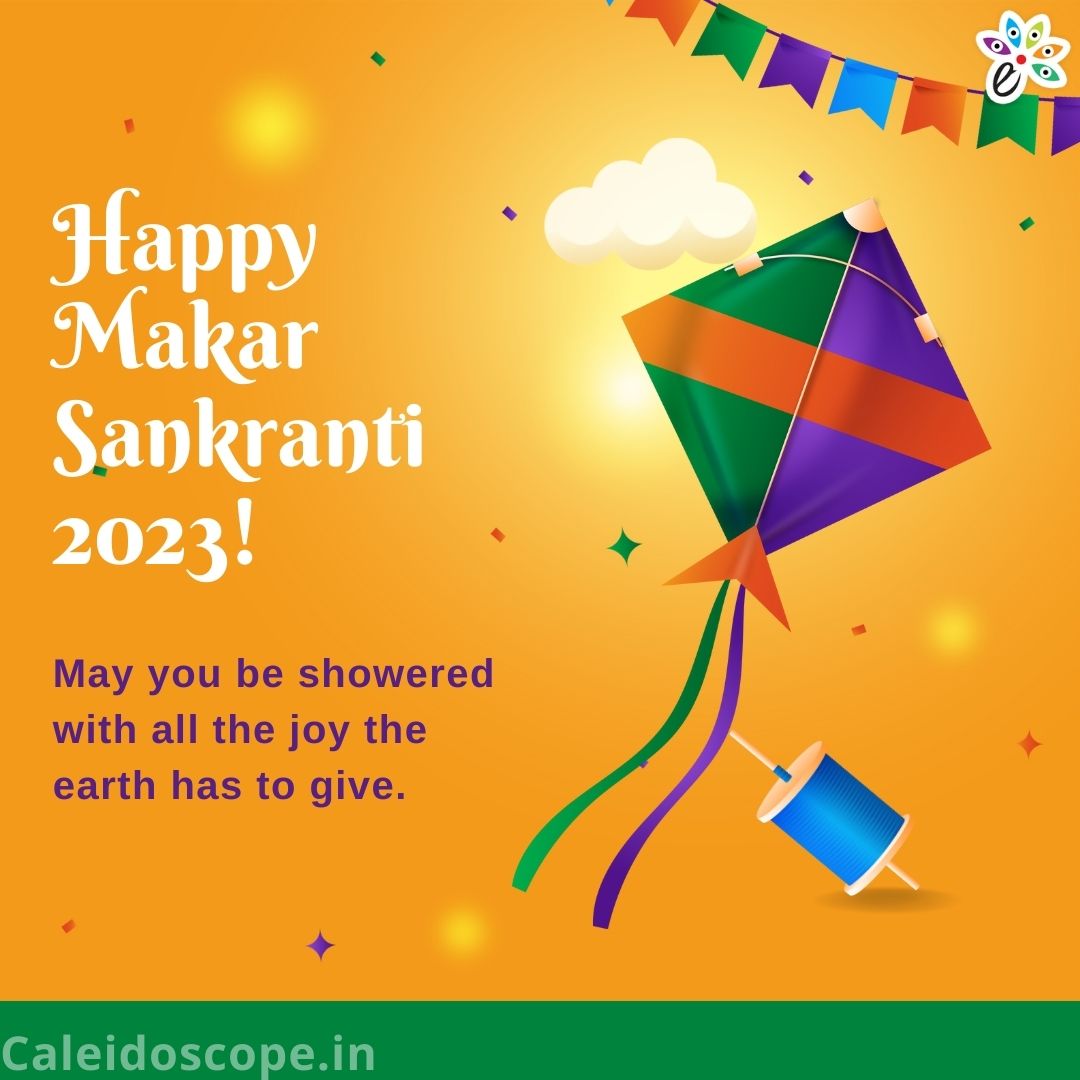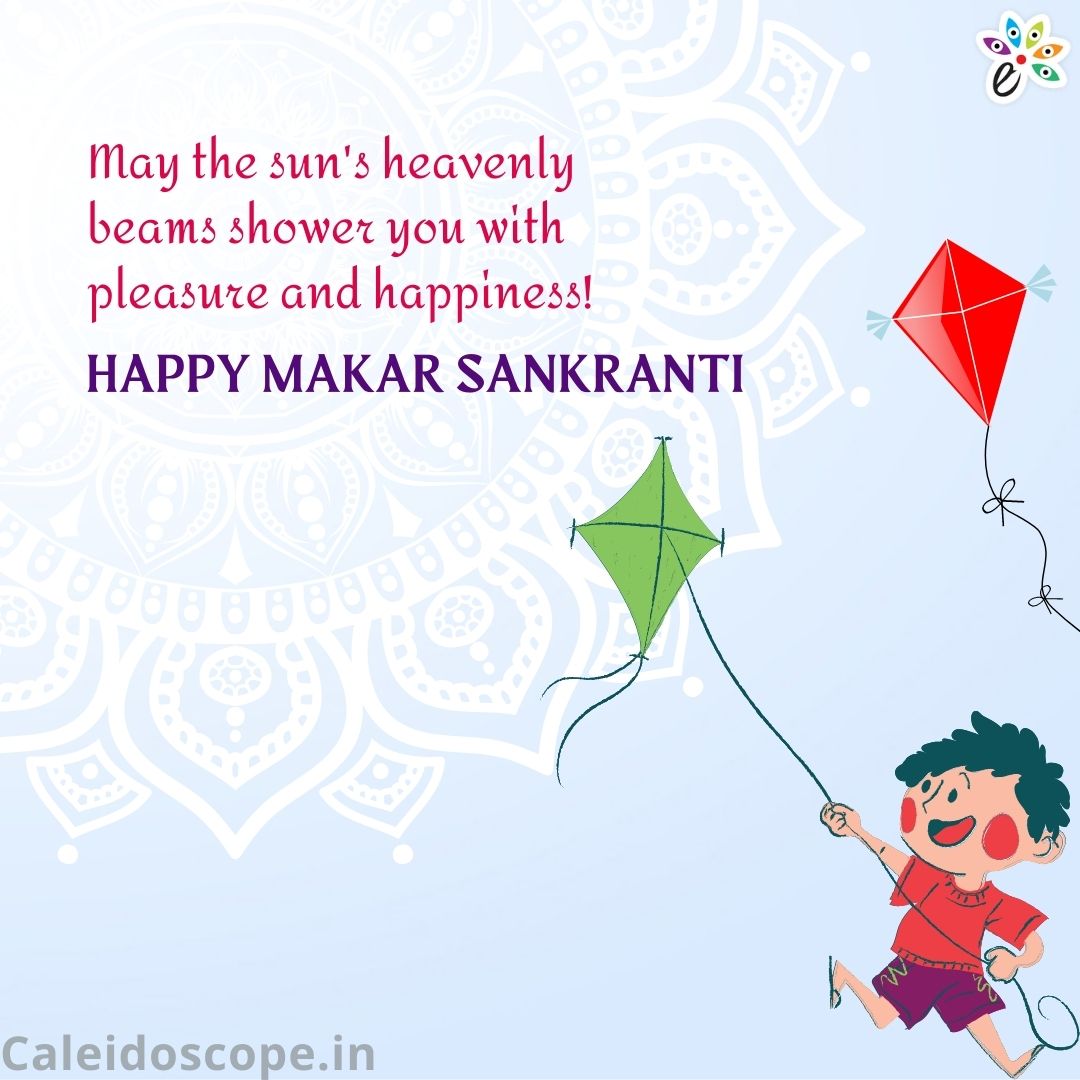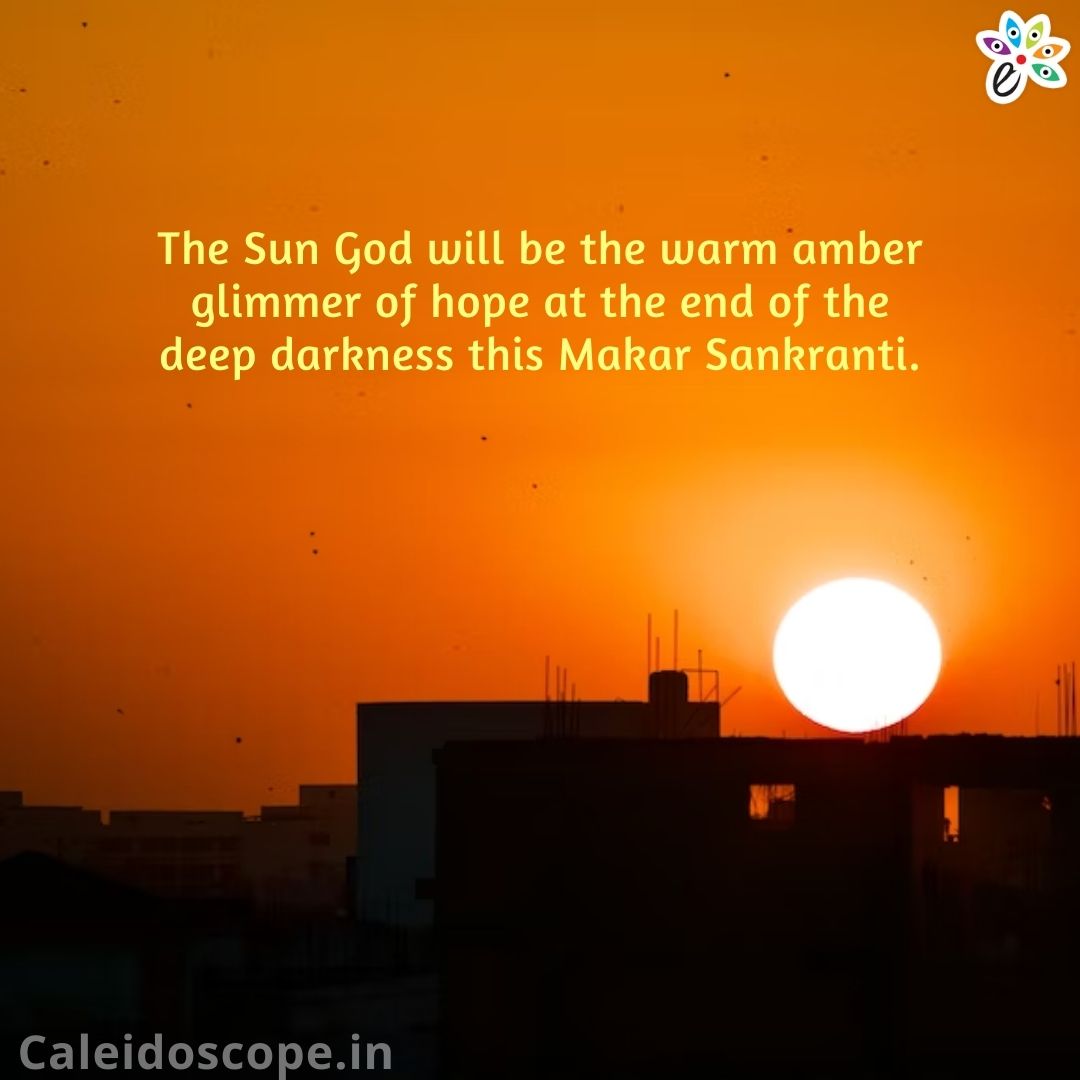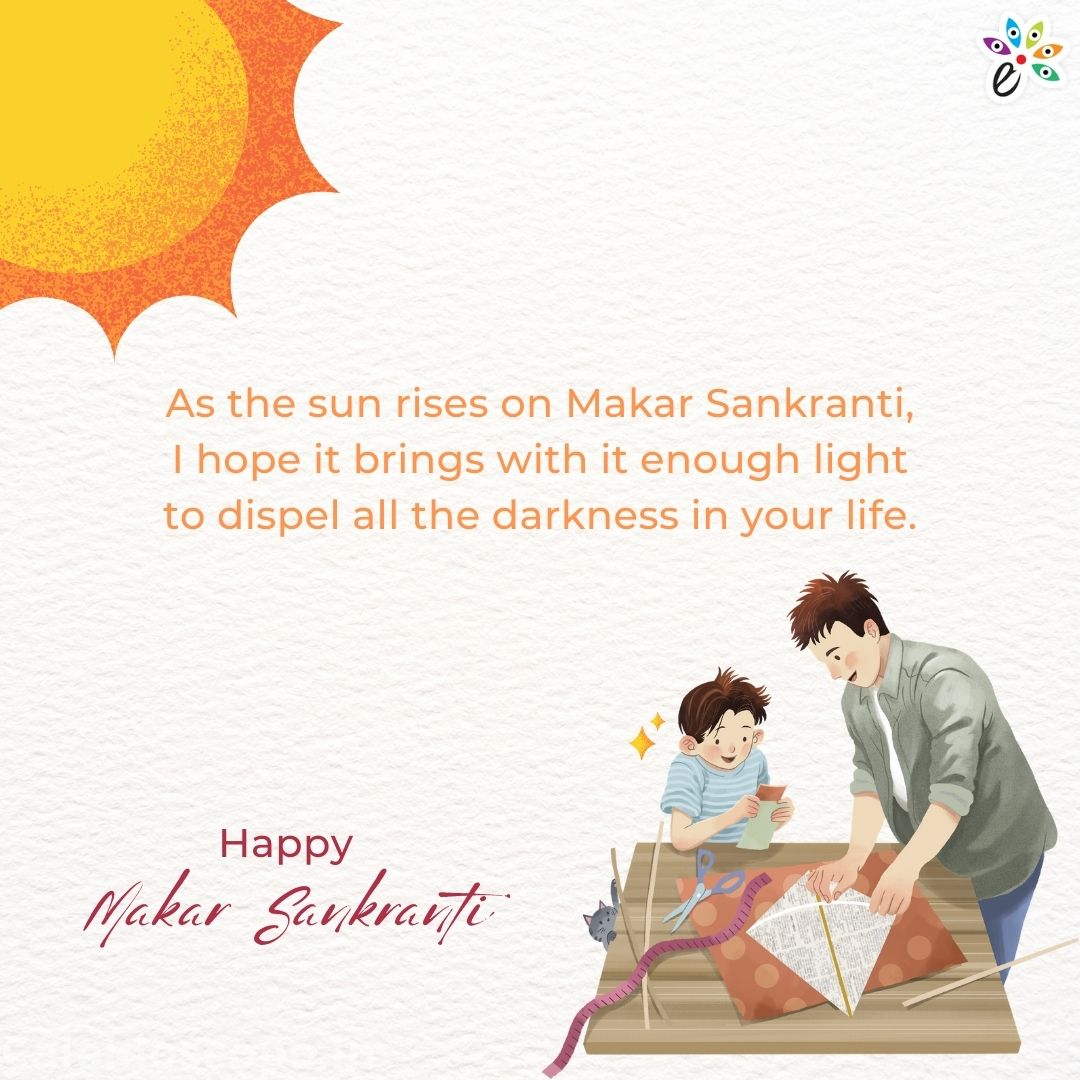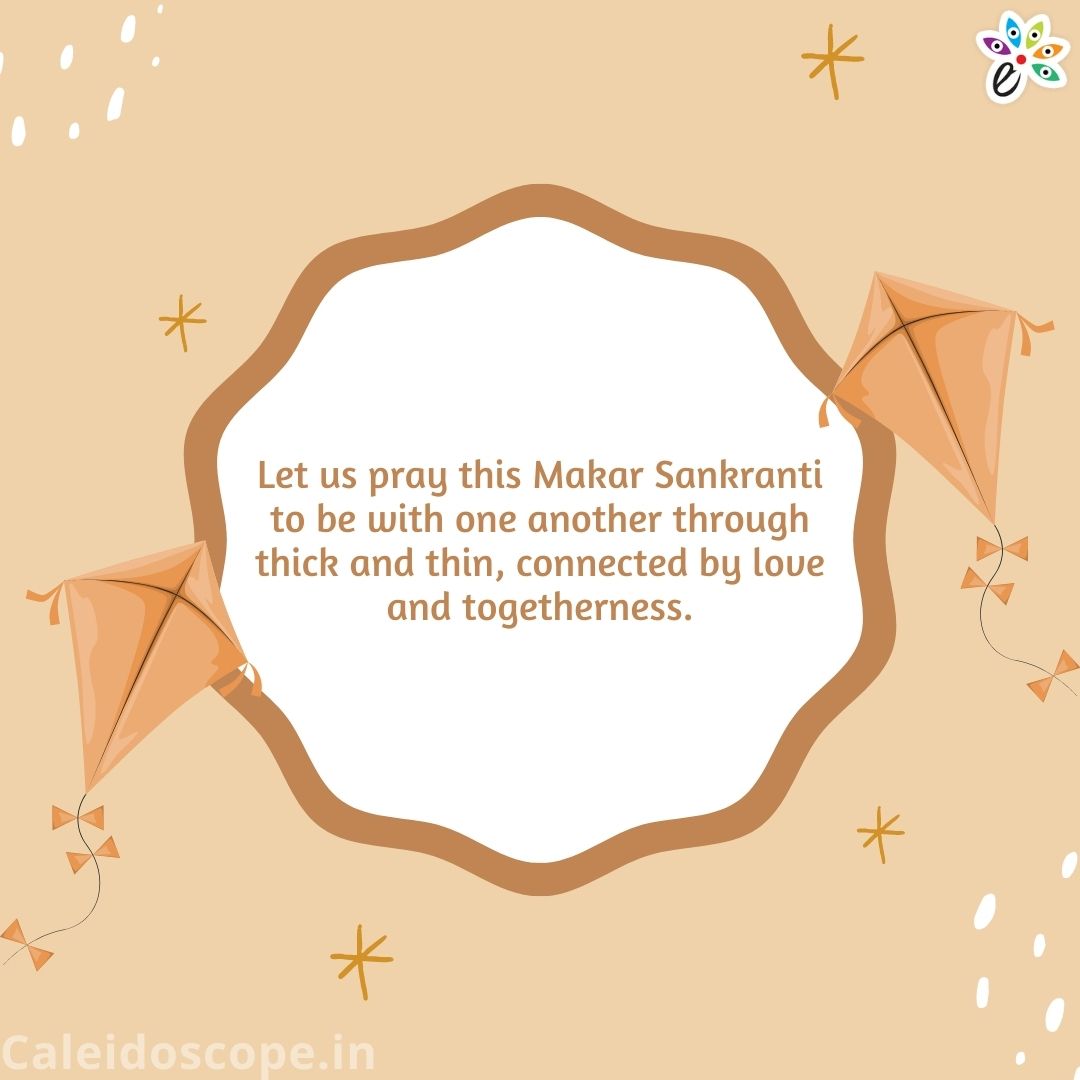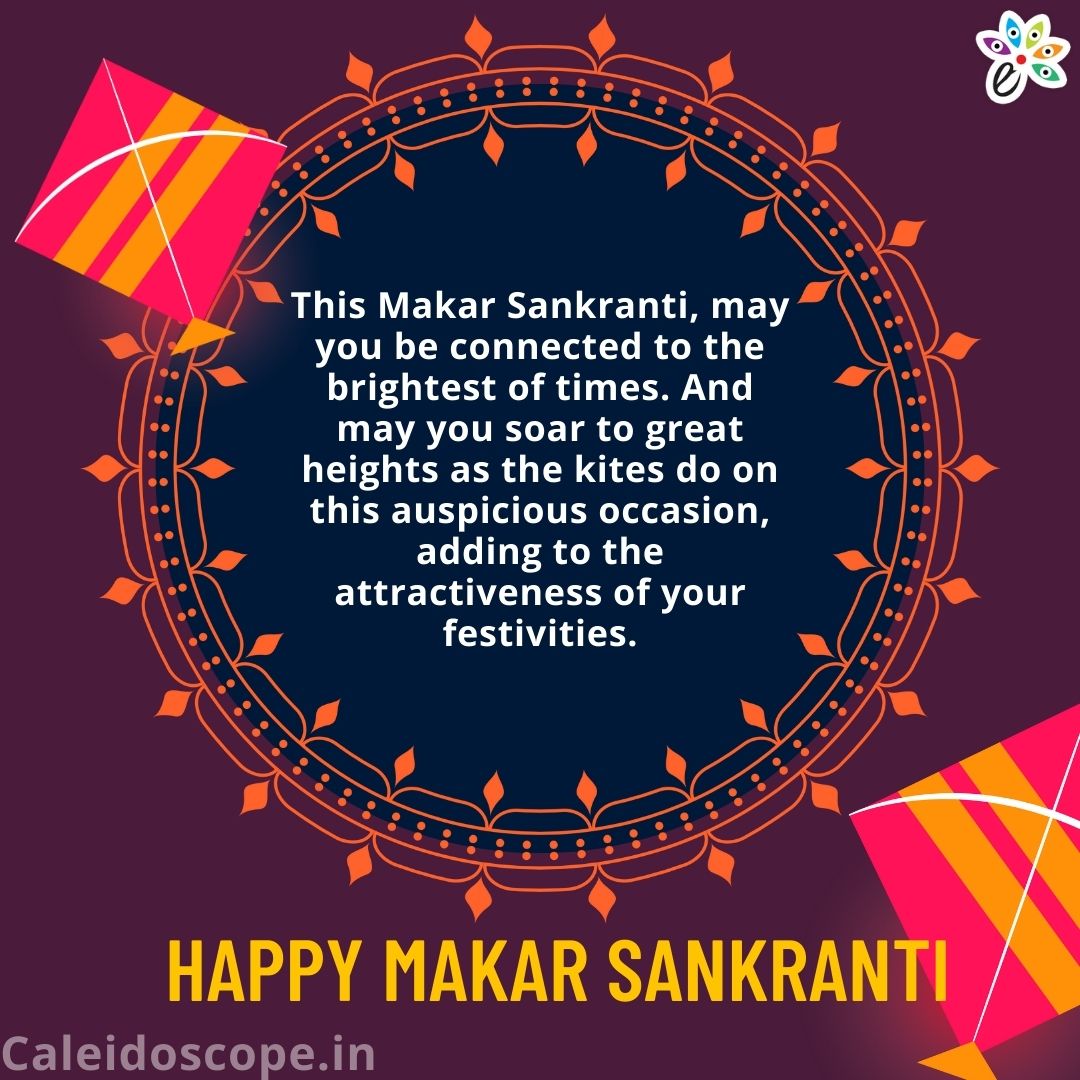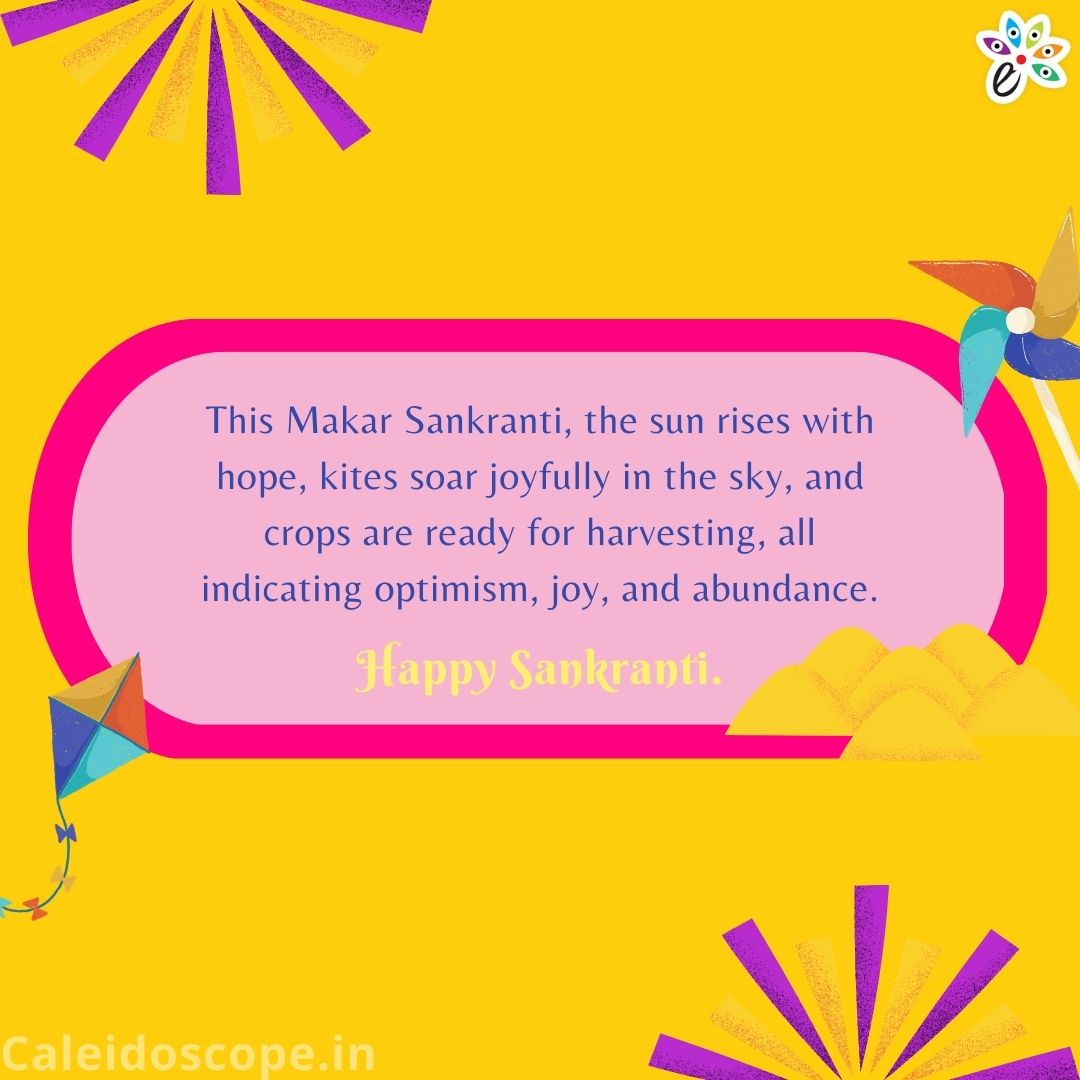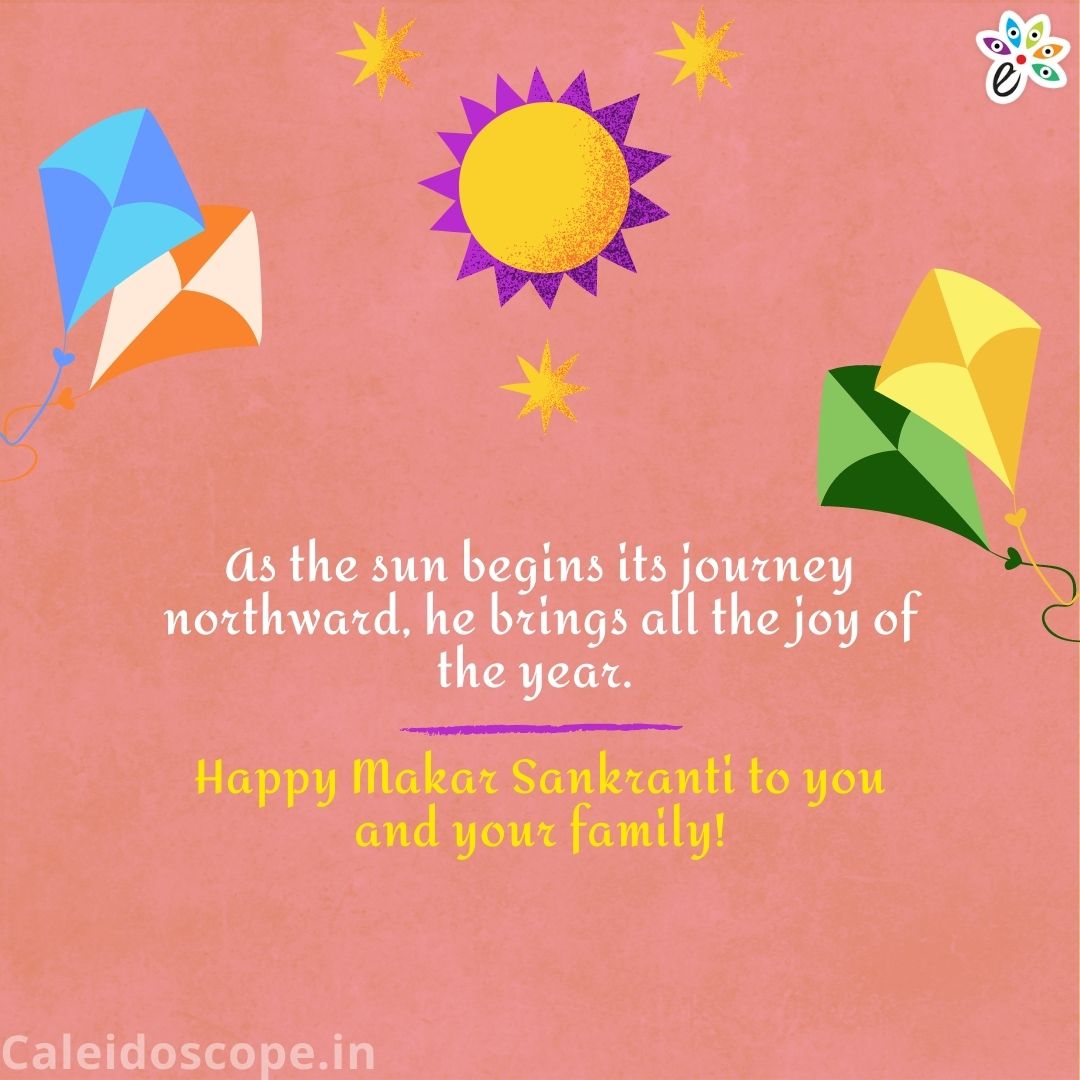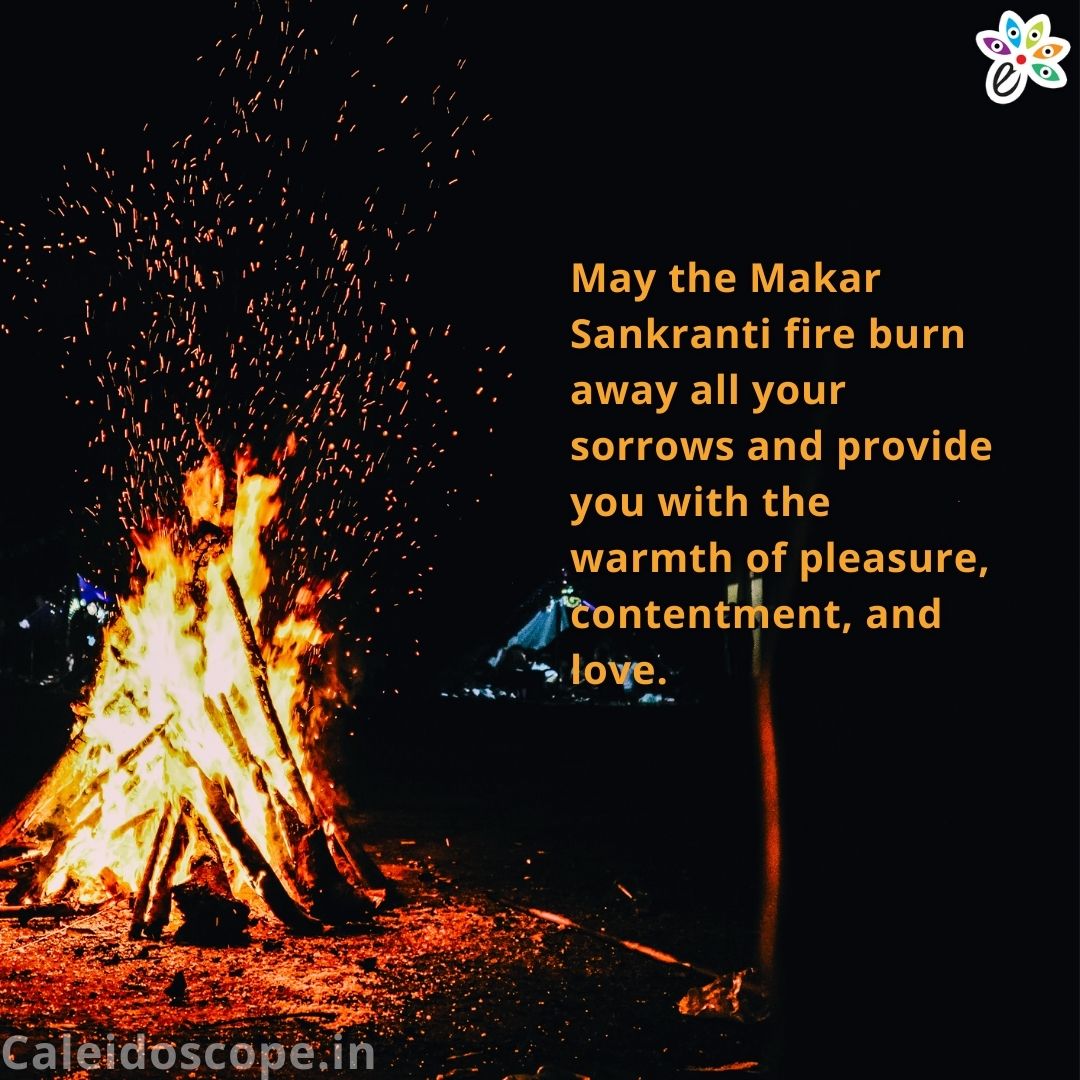
In a land where there is a festival every month, let’s recall ‘Basant Panchami’, a spring time festival and its association with Saraswati, the Goddess of learning and music through artworks, who is specially worshipped on that day. The art world has dedicated many images in different media and formats to her and continues to do so, let’s explore a few!
Who is Goddess Saraswati?
She is the Goddess of learning, wisdom and fine arts. She is the benign aspect of ‘shakti’ or Feminine Energy, an extremely charming goddess who plays the vina, a musical instrument. She has four hands holding a rosary, a book, a water pot and her vina. Her vehicle or vahana is a white swan or goose, sometimes she is depicted with a peacock. She was first mentioned in the Rigveda and has been an important goddess from the Vedic period to the modern times. Every Hindu child in India is inducted into the world of learning and education by writing the alphabets in front of the image of the Goddess. She is very dear to all artists, writers and poets who pay obeisance to her power and glory. Saraswati is also popular in Jain and Buddhist mythology. She is known as the inventor of the Sanskrit language. There is a river by the same name. The Encyclopedia Britannica says ‘’The river Sarasvati is revered above all others in the Vedas (a collection of poems and hymns) and is by far the one most frequently mentioned. Because it corresponds to none of the major rivers of present-day South Asia, it has for centuries been regarded as subtle or mythic, converging unseen with the Ganges and Jamuna rivers when they flow together at Prayag (Allahabad)’’.
As per one legend Saraswati was born from the ‘’Samudra Manthan’’ or churning of the ocean between the Devatas and the Asuras. She was born from the sea and was married to Lord Brahma thereafter. According to another version Lord Brahma created her through his imagination and could not takes his eyes off her, turning his heads in whichever direction the goddess went!
Saraswati is celebrated as a deity of healing and purifying water. Saraswati also governs ‘dhī’ as per the Rigveda. ‘Dhī’ is the inspired thought, it is intuition or intelligence connected with poetry and religion. Saraswati appears in the Puranic Devi Mahatmya (Glory of the Goddess), a central text for Shaktism which was appended to the Markandeya Purana during the 6th century. In this text, she is part of the tridevi or “triple goddess” along with Mahakali, and Mahalakshmi.
Basant Panchami

This day is a propitious one and is especially dedicated to Saraswati though other gods like Ganesha, Vishnu, Siva and Surya are also worshipped. It falls in the month of Hindu month of ‘Magha’ (January-February). In Bengal clay decorated figures are worshipped and taken out in procession to be finally immersed in the Ganges. Women wear yellow sarees. Since it is a springtime festival the love god Manmadha is also worshipped, a handsome youth on a parrot with a bow of sugarcane, whose consort is Rati.
Images of the Goddess Saraswati in art and culture
The goddess has been depicted both in art and literature since days of yore. A verse from the Saraswati Rahasya Strotra says –
नीहारहारघनसारसुधाकराभां
कल्याणदां कनकचम्पकदामभूषाम्।
उत्तुङ्गपीनकुचकुंभमनोहराङ्गीं
वाणीं नमामि मनसा वचसा विभूत्यै॥१॥
‘’I bow down to Goddess Saraswati, whose radiant form resembles the splendorous moon, with a garland of white lotuses adorning her, who bestows auspiciousness and is adorned with gold and champak flowers. May she protect me with her mind, speech, and divine manifestations’’.
Let us now see some artworks!
A Pala sculpture from the 11th century shows her along with Lakshmi on the side of Lord Vishnu holding a alapini vina or eka-tantri vina.

A painting by Farukhh Husayn when he spent time at the Bijapur court, of the Goddess is a very unique artwork. Done in miniature style the goddess is shown with her vina sitting on an ornate throne with steps, while an attendant stands on her side. Sultan Ibrahin Adil Shah (1570 1627) was tolerant of other religions and this might have been made under his patronage. The swan/white goose which is her ‘vahana’ or vehicle has been depicted towards the bottom of the composition. A peacock also graces the painting as the Goddess is sometimes shown with a peacock as well.

This painted folio is a part of a series from the Kotah school of Rajasthan, with Mughal influence and is part of a larger composition which depicts a scene depicts a king paying homage to a hermit seated on a tiger skin in a hermitage. The presence of Lord Vishnu and Goddess Saraswati shows that is an auspicious occasion and their presence also signifies they are blessing the king.

Tanjore paintings are a very unique genre in South Indian painting. It originated in the Maratha court of Thanjavur (1676–1855). Known for its opulence and gold work, this painting of Goddess shows her wearing a karandamukuta sitting holding her vina. She is four-armed sitting on a resplendent throne.

Raja Ravi Varma’s depiction of Goddess Saraswati brought her to the homes of many Indians as this image was depicted on many calendars and continues to do so. She is four-armed sitting with her vina with a peacock beside her. She is the Goddess of water flow and a water body is also a part of the composition. This is one of Raja Ravi Varma’s most famous works.

A cover of a wooden manuscript cover depicts the Goddess seemingly in conversation with Ganesha with two attendants behind. She sits on a beautiful swan holiding her vina; the entire scene is on a terrace with a red carpet and marbled parapet with cypresses behind,

A modern rendition of a representation of Goddess Saraswati as ‘Veena badini’ from the 20th century in acrylic on canvas shows a woman holding a veena whose one end has a human female head.

On the day of Basant Panchami, the city of Kolkata and other parts of West Bengal celebrate the Goddess by performing ‘Saraswati pujo’, A clay model with her emblems and vahana (vehicle) is made specially for the occasion and taken out in a procession. ‘Shola pith’ is also used in the image. She is depicted as beautiful, fair goddess holding her vina wearing a traditional Bengali sari with red border.

A modern depiction of Saraswati by artist Amarsingha shows her with her vina and her vahanas (either peacock and swan) behind her. The lotus emblem and water flow with swan in semi-abstract expression is well portrayed.

The Goddess has been depicted in digital art as well. She is seen holding veena and a lotus in hands, standing on a bigger lotus, and a swan is floating near her, the bluish green background depicts water.

Thus, we see a much revered Goddess of India from Hindu mythology getting depicted in art since the days of yore and beyond.
References –
- Sharma, B.N (1978) Festivals of India, New Delhi: Abhinav Publications.
- https://www.britannica.com/topic/Sarasvati (accessed on 18.01.2024)
- https://www.remedywala.com/2023/06/08/saraswati-rahasya-stotram/ (accessed 20.01.2024)
- https://en.wikipedia.org/wiki/Saraswati(accessed 20.01.2024)

